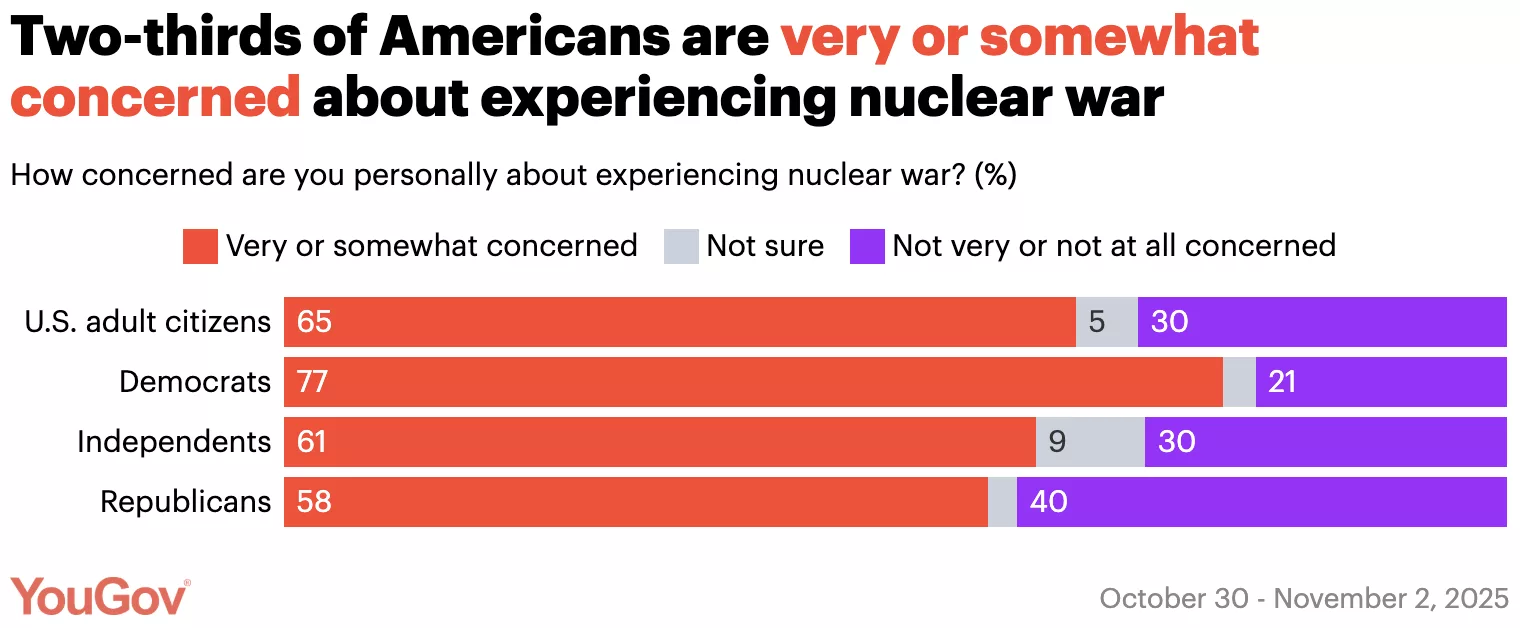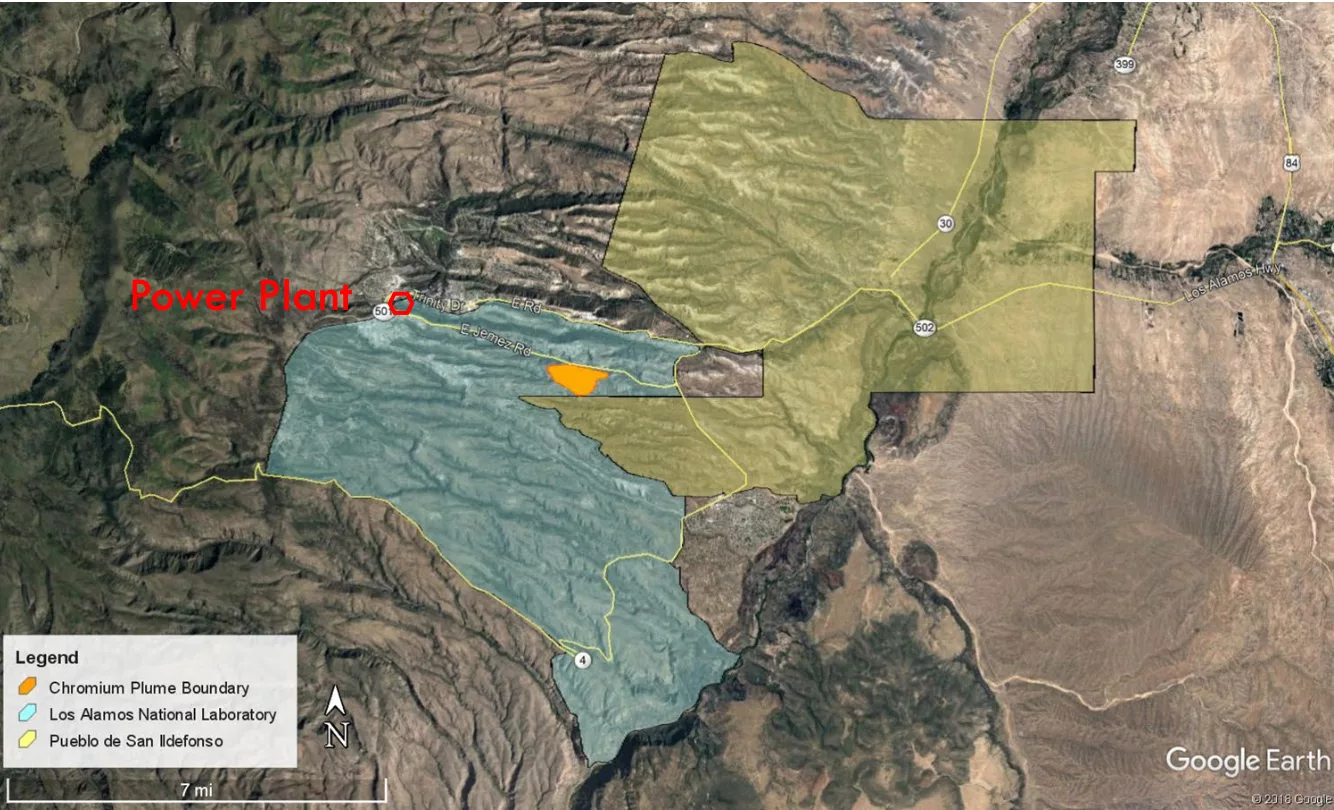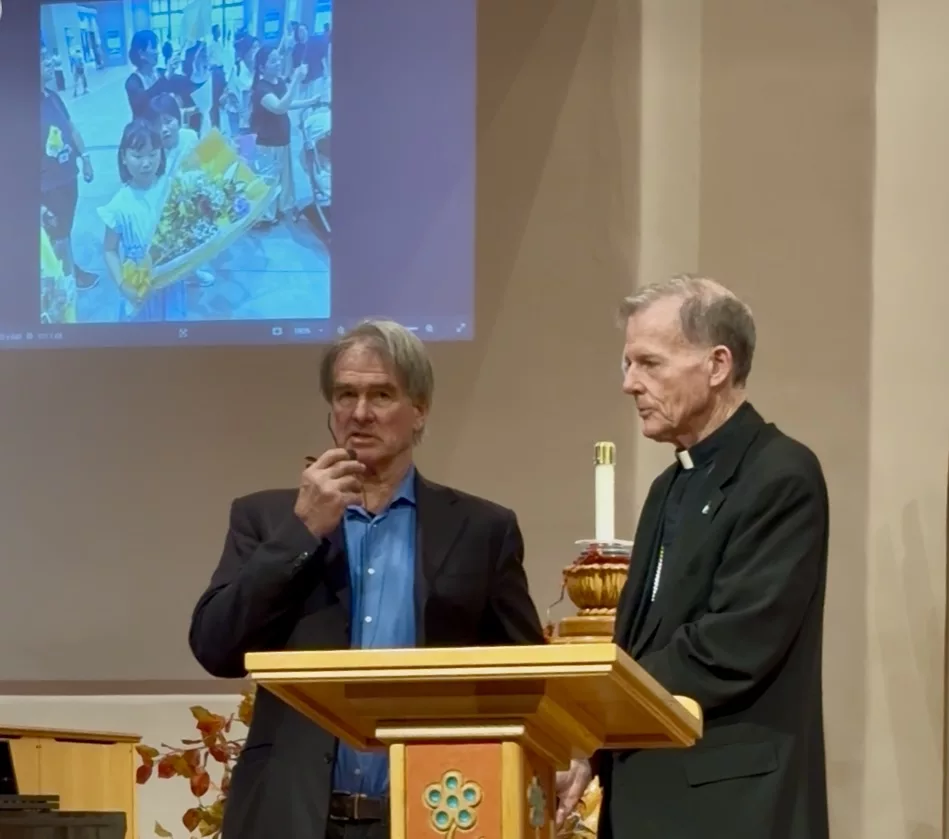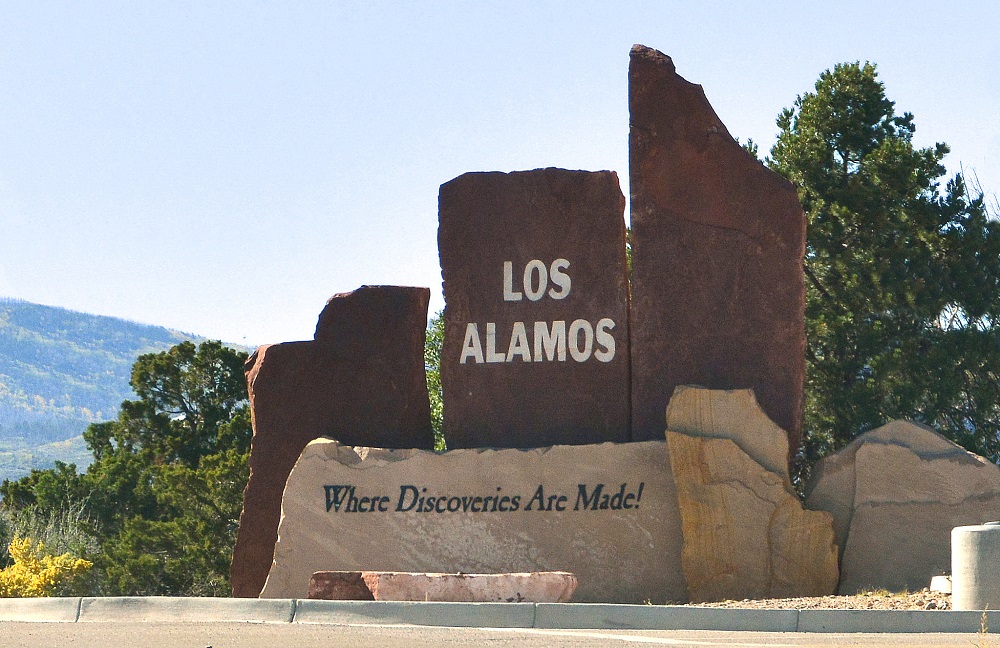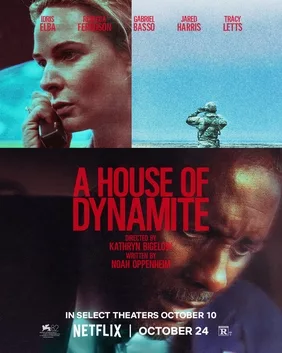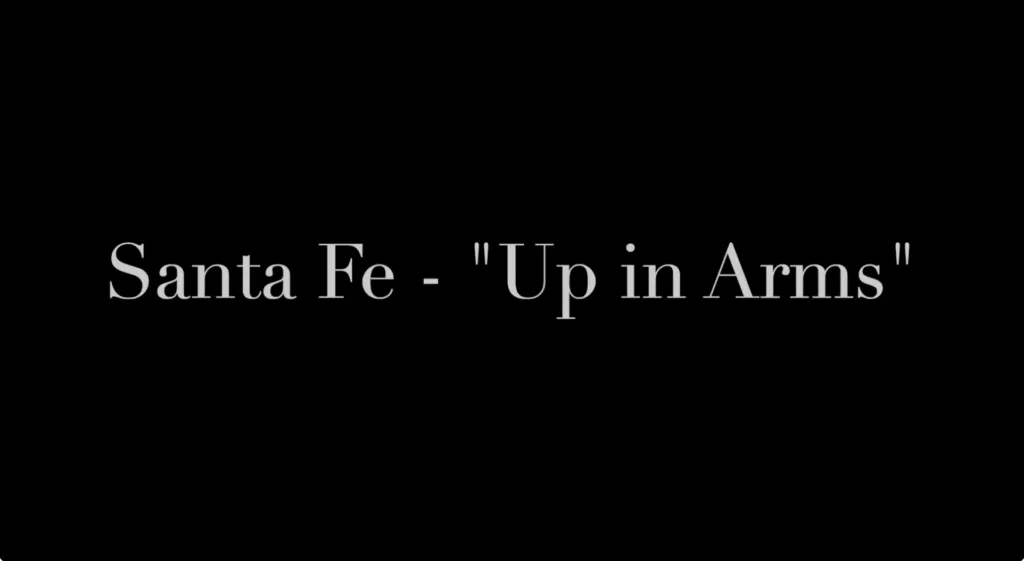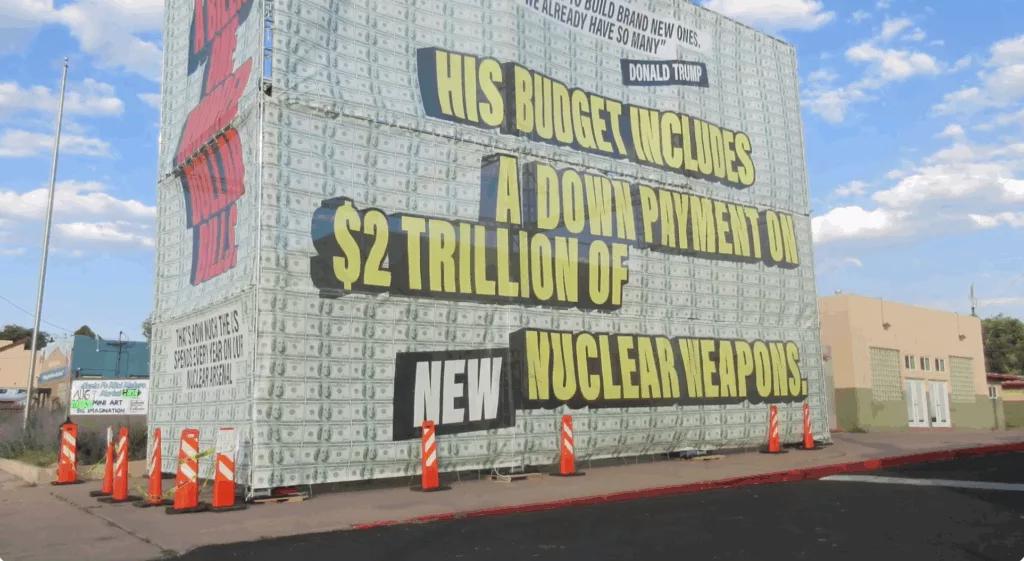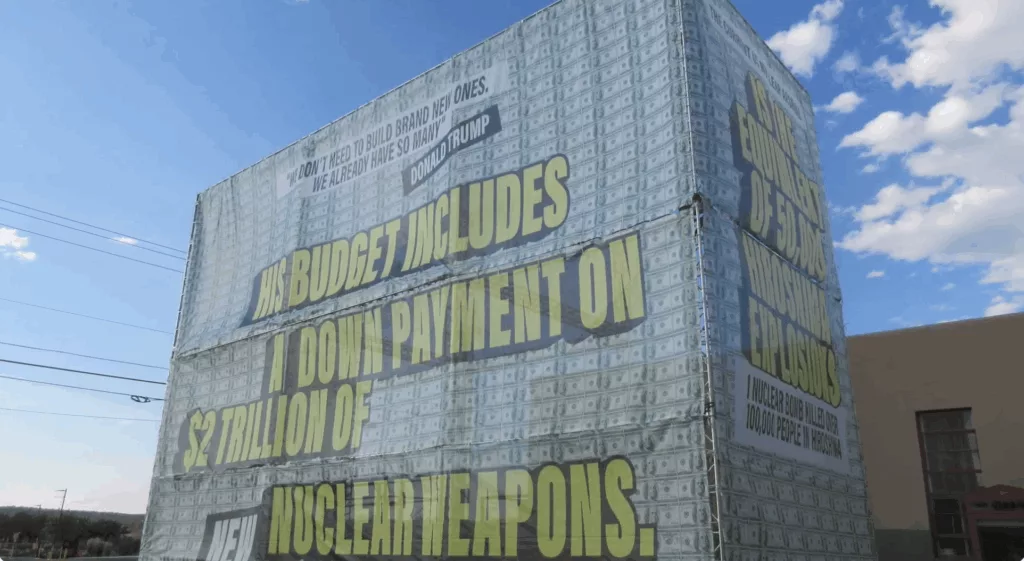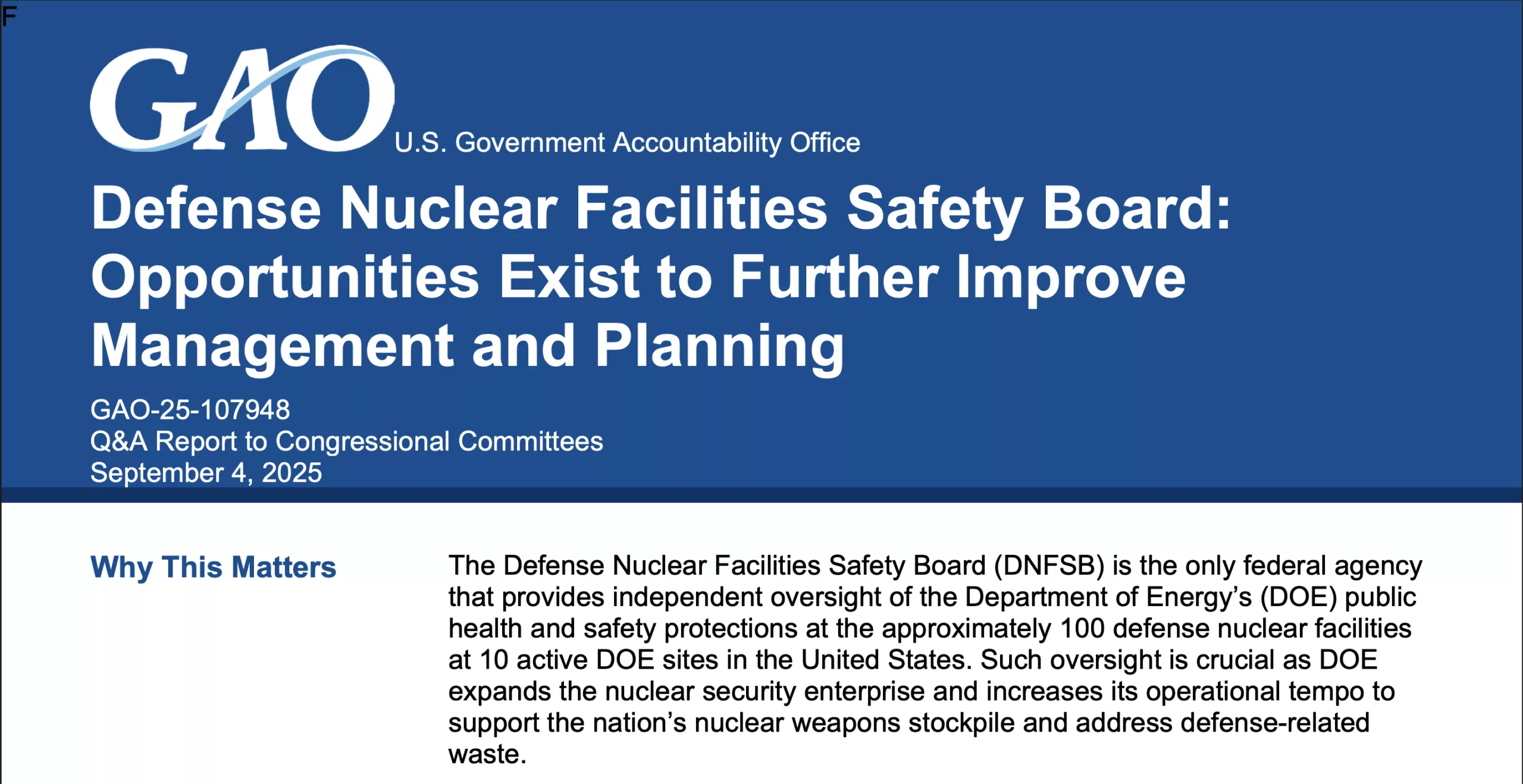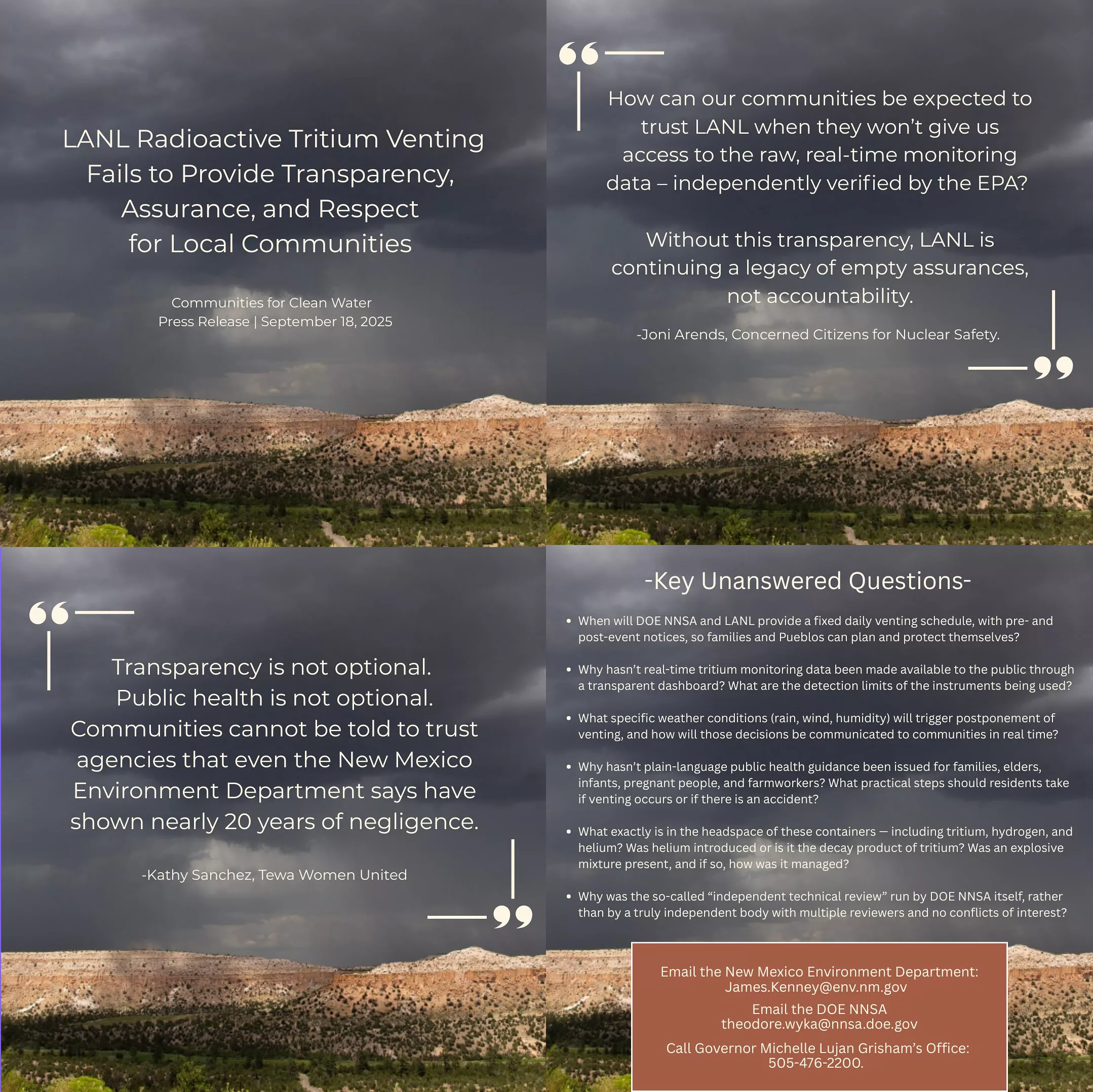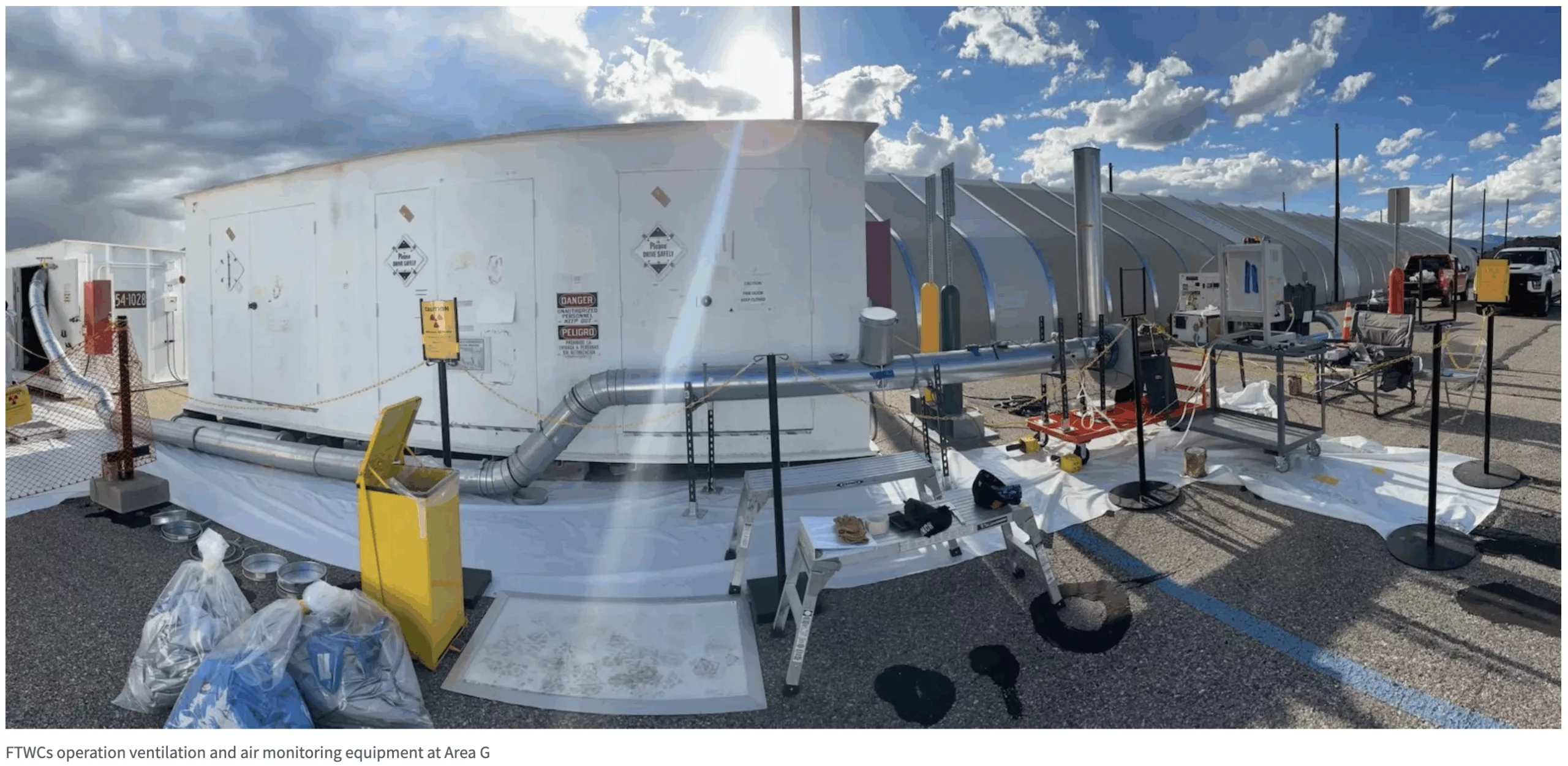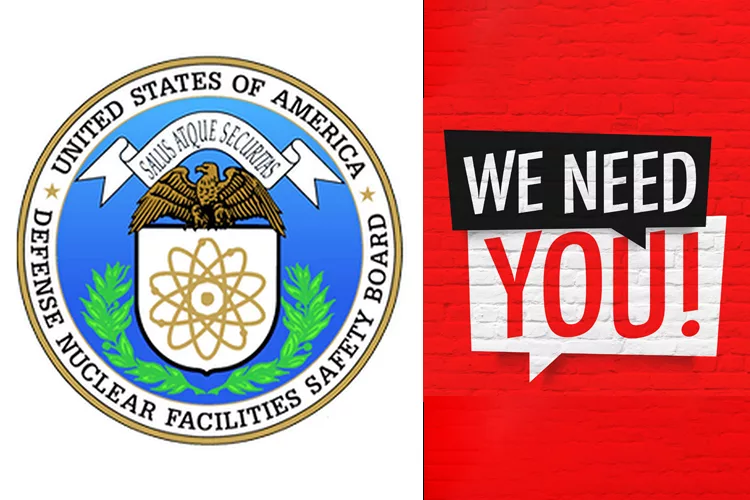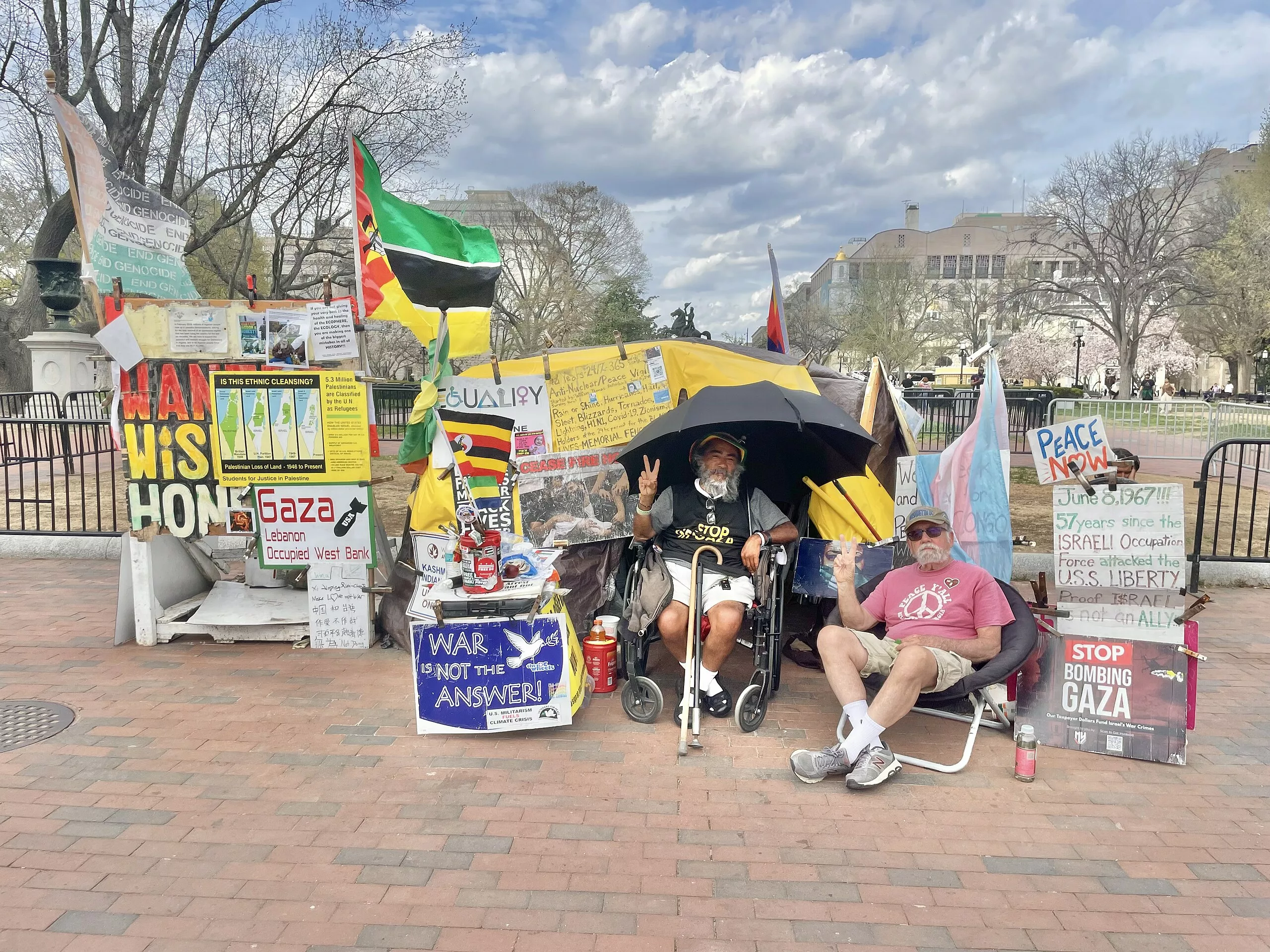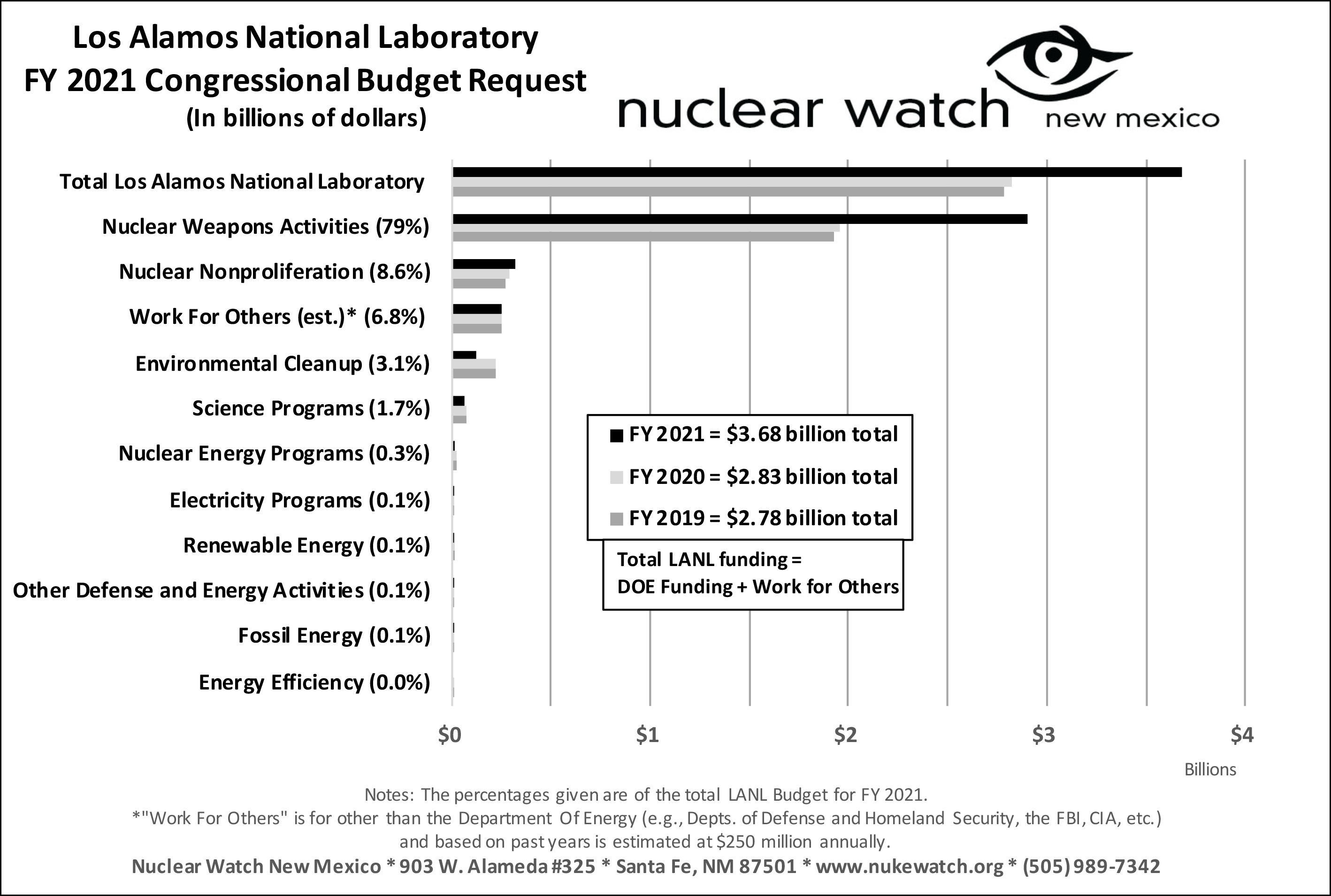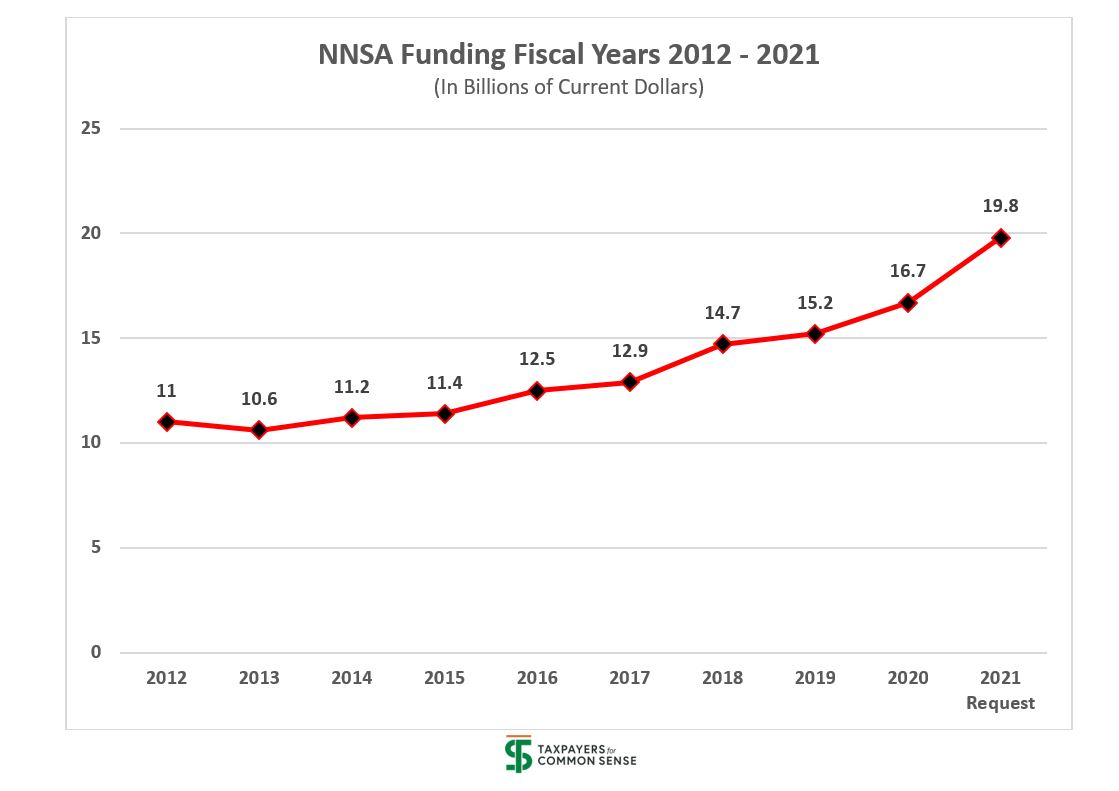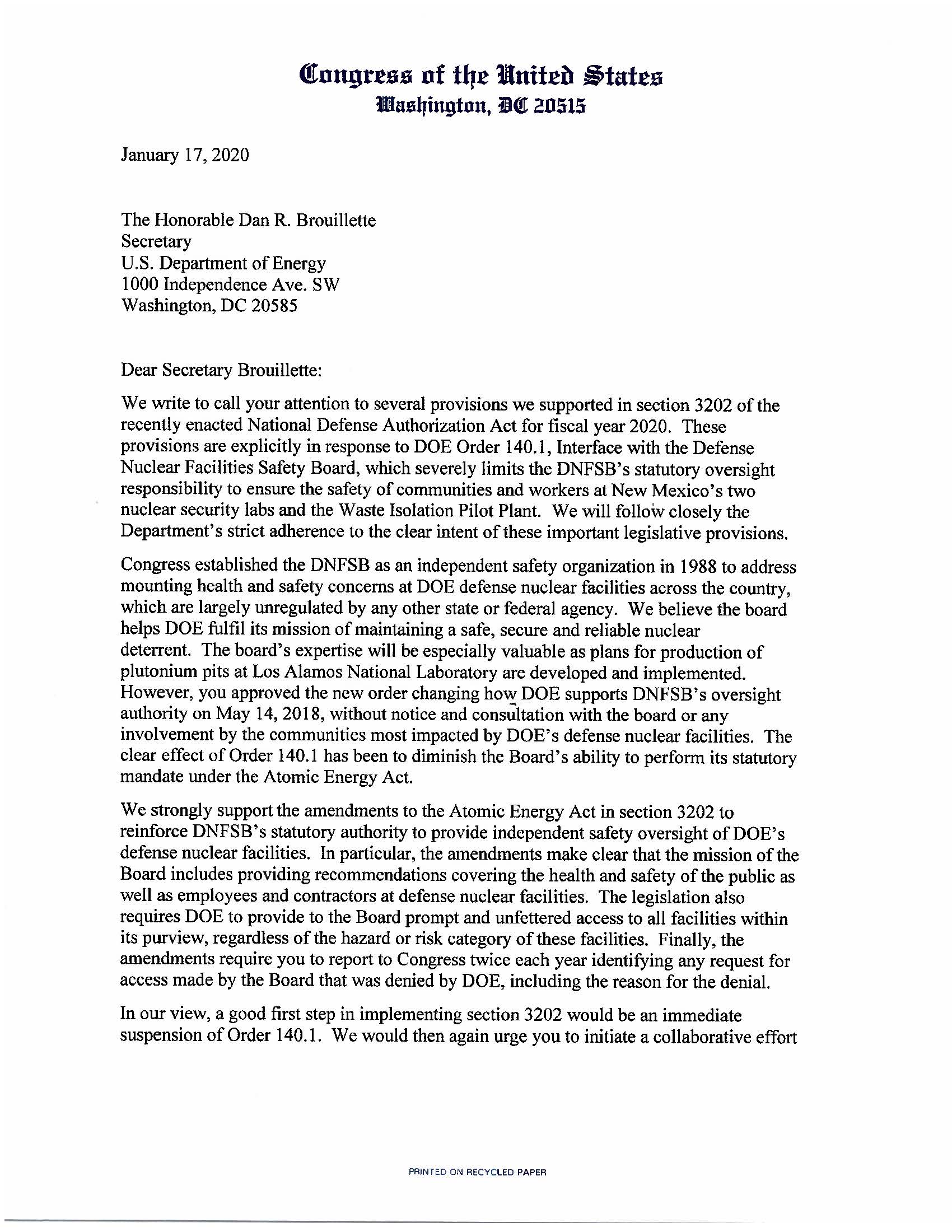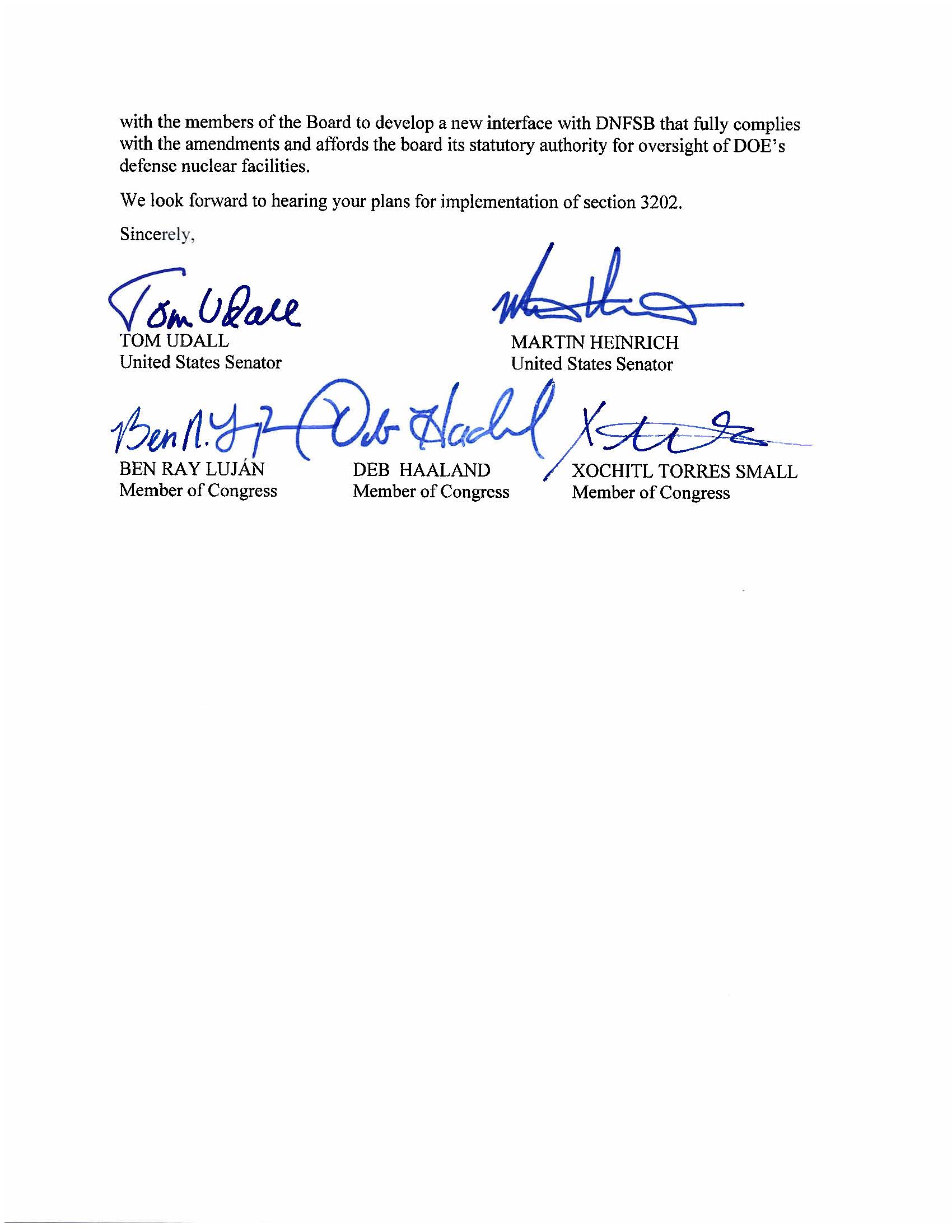Trump talk on nuke testing turns focus to New Mexico’s role in decades of blasts
Jay Coghlan, executive director of the nuclear watchdog group Nuclear Watch New Mexico, said Wright’s comments “somewhat” quelled his initial concerns about a renewed explosive nuclear testing program.
But he said claims Russia and China may be conducting small-scale tests known as hydronuclear tests — banned by the Comprehensive Nuclear Test Ban Treaty, of which the United States, Russia and China are all signatories — continue to give him pause. He fears rumors about the low-yield tests in other nations could be used to justify a domestic return to testing.
“That, in effect, would give permission to the U.S. [to resume testing],” Coghlan said. “But that would be in violation of the norm of the CTBT.”
Three decades removed from the United States’ last nuclear test, a testing regimen would likely be expensive and time-consuming to start up, Coghlan argued, and could prompt other nuclear powers to follow suit.
It seems likely Russia, at least, would: Following Trump’s post, Russian President Vladimir Putin announced if the United States resumed explosive nuclear testing, the Eastern European nation would follow.
“Then everybody else is going to do it, or virtually everybody else will do it, every other nuclear weapons power,” Coghlan said. “I could just see India and Pakistan champing at the bit to test. And then, of course, there’s North Korea and China.”
By Alaina Mencinger amencinger@sfnewmexican.com | November 30, 2025 santafenewmexican.com
It might not have as reverent a name as the Trinity Test or a litany of films made about it. But Project Gnome, a 1961 explosive nuclear test conducted near Carlsbad, is a relic of a bygone era in New Mexico and beyond.
In the 47 years between the Trinity Test and the end of the United States’ explosive nuclear testing in 1992, the nation would perform more than 1,000 such tests — more than any other nuclear nation — with most conducted in Nevada.
New Mexico might not have been the center of the nation’s testing efforts post-Trinity, which marked its 80th anniversary this year, but the state still played a role: Researchers from Sandia National Laboratories and Los Alamos National Laboratory helped design and conduct testing elsewhere, including at the Nevada Test Site and in the Marshall Islands.
Most Democrats and one-third of Republicans think it’s likely the U.S. will get into a nuclear war in the next decade
A new YouGov poll on nuclear weapons finds that nearly half of Americans believe it’s likely the U.S. will get into a nuclear war in the coming decade, and most are worried about personally experiencing a nuclear war. A majority believe nuclear weapons are making the world less safe, but opinions are mixed on whether the U.S. should dismantle all of its nuclear weapons.
By: Jamie Ballard| November 26, 2025 today.yougov.com
46% of Americans think it’s likely the U.S. will get into a nuclear war within the next 10 years; 37% think this is not very or not at all likely. 57% of Democrats and 37% of Republicans think this is likely.
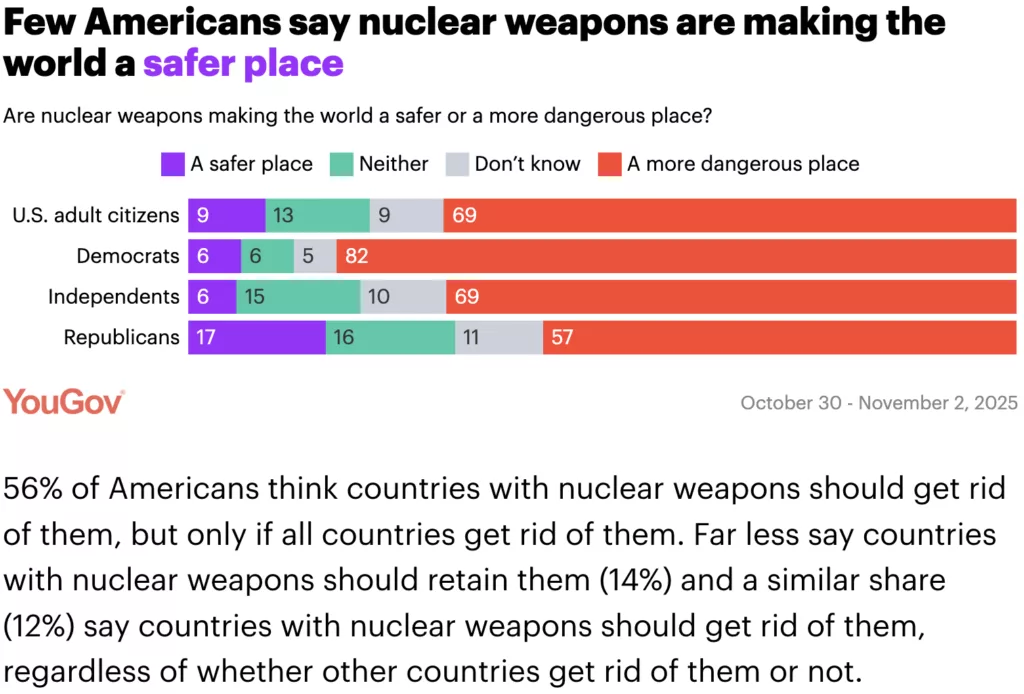
Department of Energy Seeks to Eliminate Radiation Protections Requiring Controls “As Low As Reasonably Achievable”
An internal Department of Energy (DOE) memorandum eliminates worker and public radiation protection rules known “As Low As Reasonably Achievable” (ALARA). This fundamental departure from decades of accepted health physics practices is being promoted by senior DOE political appointees with little background in health or radiation control. It is marked as “URGENCY: High” under the auspices of the DOE Deputy Secretary, the Under Secretary for Science, and the Administrator of the National Nuclear Security Administration. The memorandum awaits the final signature of DOE Secretary Chris Wright.
The memo’s stated goal is to:
“…remove the ALARA principle from all DOE directives and regulations, including DOE Order 458.1, Radiation Protection of the Public and the Environment, NE [Office of Nuclear Energy] Order 458.1, Radiation Protection of the Public, and, upon completion of the rulemaking process, 10 CFR [Code of Federal Regulations] 835, Occupational Radiation Protection.” [1]
It follows the playbook of the Heritage Foundation’s Project 2025, which called for:
“Set[ting] clear radiation exposure and protection standards by eliminating ALARA (“as low as reasonably achievable”) as a regulatory principle and setting clear standards according to radiological risk and dose rather than arbitrary objectives.” [2]
Lab Chromium Contamination Confirmed on San Ildefonso Pueblo Land
Comprehensive Cleanup Needed Instead of More Nuclear Weapons
The New Mexico Environment Department has announced:
“A toxic chromium plume from Los Alamos National Laboratory has spread beyond Lab boundaries onto Pueblo de San Ildefonso land for the first time, with contamination exceeding state groundwater standards… These new results are conclusive evidence that the U.S. Department of Energy’s efforts to contain the chromium plume have been inadequate.”
In reality, chromium groundwater contamination probably migrated beyond the LANL/San Ildefonso Pueblo boundary long ago, with past Lab maps of the plume “magically’ stopping at the border. In the past, tribal leadership has commented that it was fortunate that the contamination stopped there, but that any future indications of groundwater contamination on Pueblo land could have serious consequences. The San Ildefonso Pueblo is a sovereign Native American tribal government.
As late as the late 1990s the Lab was falsely claiming that groundwater contamination was impossible because underlying volcanic tuff is “impermeable.” [1] This ignored the obvious fact that the Parajito Plateau is heavily seismically fractured, providing ready pathways for contaminant migration to deep groundwater. By 2005 even LANL acknowledged that continuing increasing contamination of the regional aquifer is inevitable.[2] Some 300,000 northern New Mexicans rely upon the aquifer for safe drinking water. The potential serious human health effects (including cancer) caused by chromium contamination was the subject of the popular movie Erin Brockovich.
LANL chromium plume spreads onto San Ildefonso Pueblo land, NMED says
Nuclear Watch New Mexico executive direcor Jay Coghlan sees PF-4 as being a bigger scale — and having bigger risks — than the other aging buildings.
“PF-4 is not unique in being old,” Coghlan said. “However, PF-4 is totally unique in currently being the only facility that can process large amounts of plutonium … particularly including plutonium pit production. I think, in part, that’s why the Safety Board focuses more on PF-4 than, to my knowledge, than any other single individual facility.”
By:Patrick Lohmann | November 13, 2025 sourcenm.com
An underground plume of toxic chromium has spread from Los Alamos National Laboratory to Pueblo de San Ildefonso land, state Environment Department officials announced Thursday.
The discovery marks the first time the plume has been detected within the pueblo boundaries, officials said in a news release, though they added the plume’s spread does not pose imminent threats to drinking water in the pueblo or in Los Alamos County. That’s because the plume is not near any known private or public wells, officials said.
Long-term ingestion of hexavalant chromium can cause serious health problems or increase risk of certain cancers.
US Stands Alone Defying UN Vote on Nuclear Test Ban Treaty
Could the LDS Church end an ongoing nuclear weapons project? These veteran activists think so.
By Thalif Deen, Inter Press Sevice | November 12, 2025 ipsnews.net
UNITED NATIONS, Nov 12 2025 (IPS) – The US took another step backward –to break ranks with the United Nations– when it voted against a draft resolution calling for the entry into force of the Comprehensive Nuclear-Test-Ban Treaty (CTBT).
The negative vote followed an announcement by President Trump last month that the US plans to resume nuclear testing after a 33-year hiatus. The US stood alone on the UN vote, which was supported by almost all member States in the General Assembly’s First Committee.
The resolution was adopted by an overwhelming majority: with 168 votes in favor, with one against (United States) and 3 abstentions (India, Mauritius, Syria).
During Trump’s first term, the US abstained on the vote. And in other years they had been voting in favour.
Jackie Cabasso, Executive Director, Western States Legal Foundation, which monitors and analyzes U.S. nuclear weapons programs and policies, told IPS the chaos and uncertainty arose from Trump’s factually-challenged social media post that “because of other countries testing programs, I have instructed the Department of War to start testing our Nuclear Weapons on an equal basis.”
The U.S. government’s first ever “No” vote, on the annual UN resolution in support of the Comprehensive Test Ban Treaty (CTBT), raises further troubling questions about U.S. intentions.
Harking to the MX, Utahns call on LDS Church President Oaks to speak out against nuclear missile being developed in Utah
Could the LDS Church end an ongoing nuclear weapons project? These veteran activists think so.
THE SALT LAKE TRIBUNE | November 9, 2025 sltrib.com
Decades ago, peace activists helped keep a major nuclear weapons system out of Utah with help from key figures, chiefly Spencer W. Kimball, then the president of The Church of Jesus Christ of Latter-day Saints.
Now some of those same individuals are calling on the church’s newly ascended president, Dallin H. Oaks, to follow in his predecessor’s footsteps and speak out against the federal government’s development of a new generation of nuclear missile, known as Sentinel, partly in the Beehive State.
“The arms race continues,” the group of 12 Utahns and one former resident write in a letter mailed to church headquarters in early October, “and a new moral challenge faces” the leaders of the Utah-based faith.
Nuclear Weapons Issues & The Accelerating Arms Race: November 2025
Nuclear weapons:
The government shutdown has impact:
National Nuclear Security Agency confirms 152 furloughed at offices in Albuquerque, Los Alamos
Only 14 employees remain at the two sites By: Danielle Prokop-October 22, 2025
The NNSA confirmed 152 New Mexico employees charged with overseeing national laboratories’ nuclear weapons work were furloughed on Oct. 20, 2025. (Courtesy of NNSA)
The federal government this week sent home more than 150 federal New Mexico employees charged with overseeing national laboratories’ nuclear weapons work, with only 14 employees across two sites remaining at work, the National Nuclear Security Agency confirmed to Source NM.
The furloughs include 71 employees at NNSA’s Los Alamos field office and 81 at the Sandia National Laboratories location, NNSA Deputy Director of Communications Laynee Buckels told Source NM in an email. Seven employees remain at each site, working without pay, she said.
The field offices are responsible for “ensuring compliance with federal contracts to manage and operate the national security assets,” according to the NNSA website
To date there doesn’t appear to be furloughs at LANL, whose employees technically work for a contractor rather than the federal government. Congress is not furloughed, but Speaker Mike Johnson has kept the House out of session. As a result, legislation has come to a screeching halt.
Los Alamos’ plutonium facility safety systems need improvement, oversight board says
Nuclear Watch New Mexico executive direcor Jay Coghlan sees PF-4 as being a bigger scale — and having bigger risks — than the other aging buildings.
“PF-4 is not unique in being old,” Coghlan said. “However, PF-4 is totally unique in currently being the only facility that can process large amounts of plutonium … particularly including plutonium pit production. I think, in part, that’s why the Safety Board focuses more on PF-4 than, to my knowledge, than any other single individual facility.”
By Alaina Mencinger amencinger@sfnewmexican.com | November 7, 2025 santafenewmexican.com
An independent oversight agency wants to see improved safety systems at the facility at the heart of Los Alamos National Laboratory’s plutonium pit mission: PF-4.
The Defense Nuclear Facilities Safety Board reported what it believes to be gaps in a safety analysis drafted for PF-4 and delays in upgrades to safety systems in a letter last month to Energy Secretary Chris Wright.
“Maintaining momentum for these safety infrastructure projects is more important in light of the issues with the safety analysis,” the board wrote in the letter dated Oct. 10. It was signed by former acting chairman Thomas Summers.
LANL Prioritizes Plutonium “Pit” Bomb Core Production Over Safety
The independent Defense Nuclear Facilities Safety Board recently released its Review of the Los Alamos Plutonium Facility Documented Safety Analysis. It concluded that:
“While LANL facility personnel continue to make important upgrades to the Plutonium Facility’s safety systems, many of those projects have encountered delays due to inconsistent funding and other reasons. DOE and LANL should consider prioritizing safety-related infrastructure projects to ensure that the Plutonium Facility safety strategy adequately protects the public, as the facility takes on new and expansive national security missions.” (Page 24)
In early October 2024, the Department of Energy’s semi-autonomous National Nuclear Security Administration (NNSA) announced with great fanfare that the Los Alamos Lab had produced its first “diamond stamped” plutonium pit for the nuclear weapons stockpile. Tens of billions of taxpayers’ dollars have been sunk into LANL’s long delayed and over budget pit production program. Given no further announcements, it is not currently known whether or not the Lab is meeting its congressionally required production goals. Endemic nuclear safety problems have long been an intractable issue, at one point even forcing a three-year halt to plutonium operations at LANL’s Plutonium Facility-4 (“PF-4”).
In its recent Review, the Safety Board reported:
“The [2009] Plutonium Facility safety basis described very large potential [radioactive] dose consequences to the public following seismic events…. DOE committed to upgrade and seismically qualify the ventilation system, with a particular focus on a specific ventilation subsystem…”
“As the only facility in the DOE complex that can process large quantities of plutonium in many forms, [PF-4] represents a unique capability for the nation’s nuclear deterrent. The Board has long advocated for the use of safety-related active confinement systems in nuclear facilities for the purposes of confining radioactive materials…Passive confinement systems are not necessarily capable of containing hazardous materials with confidence because they allow a quantity of unfiltered air contaminated with radioactive material to be released from an operating nuclear facility following certain accident scenarios. Safety related active confinement ventilation systems will continue to function during an accident, thereby ensuring that radioactive material is captured by filters before it can be released into the environment… (Page 2, bolded emphases added)
AP: Trump appears to suggest the US will resume testing nuclear weapons for first time in 30 years
“For Trump, who has cast Russia as a “paper tiger” for failing to swiftly subdue Ukraine, the message is that Russia remains a global military competitor, especially on nuclear weapons, and that Moscow’s overtures on nuclear arms control should be acted on.”
By MICHELLE L. PRICE and CHRIS MEGERIAN | October 30, 2025 apnews.com
BUSAN, South Korea (AP) — President Donald Trump appeared to suggest the U.S. will resume testing nuclear weapons for the first time in three decades, saying it would be on an “equal basis” with Russia and China.
The Kremlin pointed out that a global ban on nuclear tests has remained in place, but warned that if any country resumes nuclear testing Russia would follow suit.
There was no indication the U.S. would start detonating warheads, but Trump offered few details about what seemed to be a significant shift in U.S. policy.
He made the announcement on social media minutes before he met with Chinese leader Xi Jinping on Thursday in South Korea. He offered little clarity when he spoke to reporters later aboard Air Force One as he flew back to Washington.
The U.S. military already regularly tests its missiles that are capable of delivering a nuclear warhead, but it has not detonated the weapons since 1992. The Comprehensive Nuclear Test Ban Treaty, which the U.S. signed but did not ratify, has been observed since its adoption by all countries possessing nuclear weapons, North Korea being the only exception.
REUTERS: Trump tells Pentagon to immediately resume testing US nuclear weapons
“Russia – which tested a new nuclear-powered cruise missile on October 21, held nuclear readiness drills on October 22 and tested a new nuclear-powered autonomous torpedo on October 28 – said it hoped Trump had been properly informed that Moscow had not tested a nuclear weapon itself.”
By Trevor Hunnicutt, Ismail Shakil and Kanishka Singh | October 30, 2025 reuters.com
VIEW THE RECORDING: Santa Fe Ecumenical Conversations Towards Nuclear Disarmament at Santa Maria de la Paz Catholic Community – Monday, October 27
Archbishop John C. Wester and NukeWatch New Mexico presented a special evening at Santa Maria de la Paz Catholic Community on Monday, October 27, from 6:00 to 8:00 p.m. MT. Following a presentation from NukeWatch executive director Jay Coghlan on U.S. nuclear weapons “modernization,” the Archbishop shared reflections from his pastoral letter, Living in the Light of Christ’s Peace, and speak about the importance of dialogue and hope in working toward nuclear disarmament.
View the recording at https://www.youtube.com/watch?v=9LFmQzMoJds&t=1s
Trump Orders Nuclear Weapons Testing for New Nuclear Arms Race
New Plutonium “Pit” Bomb Cores at Los Alamos Lab Could Make It Real
Just minutes before meeting with Chinese President Xi Jinping, Trump posted on his Truth Social media platform that “Because of other countries testing programs, I have instructed the Department of War to start testing our Nuclear Weapons on an equal basis. That process will begin immediately.” House Speaker Mike Johnson soon followed on CNN saying, “I think it is an obvious and logical thing to ensure that our weapons systems work.”
No other countries are currently testing nuclear weapons (the last was by North Korea in 2017). Further, any nuclear weapons tests by the U.S. would be performed by the Department of Energy (whose last test was in 1992), not the Department of War (until recently the Department of Defense). Trump was likely referring to Vladimir Putin’s recent claims of a new nuclear powered cruise missile and a tsunami-causing nuclear-armed torpedo that could threaten America’s coastal cities. In addition, China is dramatically expanding its own fleet of intercontinental ballistic missiles.
But central to all this is the U.S.’ own $2 trillion “modernization” program that will rebuild every nuclear warhead in the planned stockpile with new military capabilities and produce new-design nuclear weapons as well. This so-called modernization program will also build new nuclear weapons production facilities expected to be operational until ~2080, and buy new missiles, subs, and bombers from the usual rich defense contractors, all to keep nuclear weapons forever.
‘Nuclear weapons are blasphemous’: Archbishop Wester continues disarmament push with talk
This event was organized by the “Santa Fe Ecumenical Conversations Towards Nuclear Disarmament” group at the Santa Maria de la Paz parish near the Santa Fe Community College. They kindly invited NukeWatch to speak before Archbishop Wester for what turned out to be a wonderful event. The full recording can be viewed at https://www.youtube.com/@SMDLP/streams
By Cormac Dodd cdodd@sfnewmexican.com | October 28, 2025 santafenewmexican.com
Despite saying he has received a somewhat muted response from the local faithful, Santa Fe’s Catholic archbishop is still pushing nuclear disarmament as vital to humanity’s spiritual well-being and continued existence.
“I think nuclear weapons are blasphemous, because I think nuclear weapons are humanity’s attempt to build a Tower of Babel, an attempt to eat from the apple of the tree of the Garden of Eden, to become like God, to become gods,” Archbishop John C. Wester said in a roughly 30-minute address at Santa Maria de la Paz Catholic Church south of Santa Fe.
“In humility, we must avoid inventing anything that, in a matter of hours, can destroy what God has created,” the leader of the Archdiocese of Santa Fe continued. “The story of Adam and Eve is archetypal, I think: When human beings try to become as God, they lose the Garden of Eden and they must endure the cruel reality of paradise lost.”
The archbishop’s comments followed a journey he undertook to Japan on the 80th anniversary of the U.S. military’s decision to drop atomic bombs on Hiroshima and Nagasaki toward the end of World War II. He spoke in front of an audience of about 50 people — who gave Wester a standing ovation — at Monday’s event
In a Looming Nuclear Arms Race, Aging Los Alamos Faces a Major Test
The lab where Oppenheimer developed the atomic bomb is the linchpin in the United States’ effort to modernize its nuclear weapons. Yet the site has contended with contamination incidents, work disruptions and old infrastructure.
By Alicia Inez Guzmán | October 28, 2025 The New York Times nytimes.com
In a sprawling building atop a mesa in New Mexico, workers labor around the clock to fulfill a vital mission: producing America’s nuclear bomb cores.
The effort is uniquely challenging. Technicians at Los Alamos National Laboratory must handle hazardous plutonium to create the grapefruit-size cores, known as pits. They do so in a nearly 50-year-old building under renovation to address aging infrastructure and equipment breakdowns that have at times disrupted operations or spread radioactive contamination, The New York Times found.
Now, the laboratory is under increasing pressure to meet the federal government’s ambitions to upgrade the nation’s nuclear arsenal. The $1.7 trillion project includes everything from revitalizing missile silos burrowed deep in five states, to producing new warheads that contain the pits, to arming new land-based missiles, bomber jets and submarines.
But the overall modernization effort is years behind schedule, with costs ballooning by the billions, according to the Congressional Budget Office. In 2018, Congress charged Los Alamos with making an annual quota of 30 pits by 2026, but by last year it had produced just one approved for the nuclear stockpile. (Officials have not disclosed whether more have been made since then.)
*The featured image differs from the article photo due to usage rights.
Why Putin’s ‘invincible’ nuclear-powered missile is more likely to become a disastrous ‘flying Chernobyl’ for Russia
The US abandoned efforts to build nuclear-powered missile weapons during the 1950s arms race with the Soviet Union as a nuclear-powered missile would effectively be a huge radiation risk.
Jeffrey Lewis, a nuclear nonproliferation expert at Middlebury College, described it as a “tiny flying Chernobyl,” referencing the Soviet power plant that melted down and covered a 1,600-mile area with toxic radiation…While Lewis believes the Burevestnik is only capable of subsonic speed and easy to intercept, he warned that Russia’s ambition poses a return to the Cold War era.
“NATO aircraft could intercept it. The problem is that Burevestnik is yet another step in an arms race that offers no victory for either side,” he wrote on X.
By Ronny Reyes | October 28, 2025 nypost.com
Russian strongman Vladimir Putin’s latest threats that Moscow is preparing to deploy its new “invincible” nuclear-powered cruise missile has drawn a rebuke from President Trump and a reminder of America’s own nuclear might.
But experts say the Burevestnik missile could end up being more like a disastrous “flying Chernobyl” for Russia — and proves Putin is actually nervous about the possibility of the US giving Tomahawk cruise missiles to Ukraine.
George Barros, of the Washington-based Institute for the Study of War, described Putin’s ominous Sunday announcement as a form of fear mongering from a Kremlin afraid that the US could give Kyiv a much more conventional weapon — the tried and true Tomahawk.
Russia tested new nuclear-powered Burevestnik cruise missile
“For Trump, who has cast Russia as a “paper tiger” for failing to swiftly subdue Ukraine, the message is that Russia remains a global military competitor, especially on nuclear weapons, and that Moscow’s overtures on nuclear arms control should be acted on.”
By Guy Faulconbridge and Lidia Kelly Tim Balk | October 26, 2025 reuters.com
- Russia tests nuclear-capable Burevestnik missile
- Missile flew for 14,000 km, 15 hours
- Putin says it can pierce any missile defences
Trump Administration Providing Weapons Grade Plutonium to Sam Altman
“If there were adults in the room and I could trust the federal government to impose the right standards, it wouldn’t be such a great concern, but it just doesn’t seem feasible.”
By: Joe Wilkins | October 24, 2025 futurism.com
With the economy the way it is these days, it’s nice to have a little walking around money.
Donald Trump certainly thinks so. Since his return to the White House, the president has labeled 440 federal properties for possible sale, leased 13.1 million acres of public land for strip mining, and held a fire sale for satellites developed by NASA’s Jet Propulsion Lab.
In one of his wildest money moves to date, the Financial Times reports that Trump is now offering companies access to plutonium from America’s arsenal of cold war nuclear missiles.
On Tuesday, the US Department of Energy (DOE) launched an application for interested parties to apply for access to a maximum of 19 metric tonnes — a little under 42,000 pounds — of weapons-grade plutonium, which has long been a key resource undergirding the US nuclear arsenal.
One of the companies anticipated to receive shipments of the fissile isotope from the DOE is Oklo, a “nuclear startup” backed — and formerly chaired — by OpenAI CEO Sam Altman. Earlier in October, Oklo was one of four US companies chosen by the DOE to join a new pilot program meant to rush the testing and approval of experimental reactor designs.
As the FT reports, we won’t know for certain until December 31, when the DOE announces the companies selected to purchase the plutonium, but it’s likely Oklo will be among them. That’s stirring up plenty of anxiety throughout the scientific community, who say the relaxed approach to nuclear development is a major cause for alarm.
“If there were adults in the room and I could trust the federal government to impose the right standards, it wouldn’t be such a great concern, but it just doesn’t seem feasible,” Edwin Lyman, a physicist with the Union of Concerned Scientists told the FT.
U.S. Agency That Protects Nuclear Arsenal to Furlough Workers
Jay Coghlan, the executive director of Nuclear Watch New Mexico, a private group that monitors the agency, said it was unclear if the furloughs would have any immediate effect on nuclear safety. “As a baseline, the nuclear safety officers have always been understaffed. There is simply not enough federal oversight as is. And then you’re talking about furloughing more,” he added.
By Tim Balk | October 17, 2025 nytimes.com
![]() The National Nuclear Security Administration said 1,400 workers would be affected by Monday.
The National Nuclear Security Administration said 1,400 workers would be affected by Monday.
Nuclear weapons safety oversight in decline with Trump, Biden inaction
The lone independent federal agency responsible for ensuring safety at U.S. nuclear weapons sites — including Hanford in Washington state — will lose its ability to issue recommendations for safer work by January if the Trump administration doesn’t replenish its board, which this month dwindles to one member.
By Patrick Malone | October 15, 2025 seattletimes.com
The Defense Nuclear Facilities Safety Board ensures adequate public health and worker safety by scrutinizing hazardous work conducted by the U.S. Department of Energy and its contractors that produce and maintain the nuclear arsenal. If the Trump administration and Congress don’t move quickly to populate the board, it will be incapable of issuing formal safety recommendations to the Energy Department, according to a report last month from the Government Accountability Office, Congress’ investigative arm.
If the board is without a quorum of at least three members for a year, “the agency would essentially be able to offer only nonbinding advice to DOE,” according to the report.
“The whole idea of having the board in place is to provide the optics in addition to the substance,” Nathan Anderson, a Washington state-based director in the GAO’s natural resources division, told The Seattle Times.
The board does not have regulatory or enforcement authorities, but its advice carries significant weight and cannot be easily dismissed or disregarded, the GAO report states. The board’s recommendations to the U.S. secretary of energy are published for public comment, and the secretary must respond in writing. The board also reports each year to selected congressional committees on its recommendations to the Energy Department and any outstanding safety problems.
FULL ORIGINAL ARTICLE (SEATTLE TIMES)
YOU CAN HELP SAVE THE DNFSB TODAY:
Continue reading
New Article about “Participatory Democracy in Action” Describes WIPP Permit Negotiations
Thanks to our friends at Concerned Citizens for Nuclear Safety for this article:
In an essay for NYU’s Democracy Project, David F. Levi, a former federal judge and director emeritus of the Bolch Judicial Institute at Duke Law, reflected on the negotiations he facilitated in New Mexico about the renewal of the hazardous waste permit for the Waste Isolation Pilot Plant (WIPP), a deep geologic repository for plutonium-contaminated waste generated in the fabrication of nuclear weapons. Judge Levi’s essay is entitled “Participatory Democracy in Action.” He wrote:
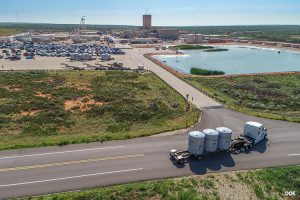 “A couple of years ago, I was asked to mediate a dispute between the U.S. Department of Energy (DOE) and the New Mexico Environment Department (NMED) concerning the renewal of a required state permit for DOE’s Waste Isolation Pilot Plant (WIPP), the nation’s only deep underground nuclear waste storage facility, located outside of Carlsbad, New Mexico. I thought I could help the two government entities but quickly came to realize that under the mediation procedures followed by New Mexico, the mediation would also involve citizen groups whose ultimate concurrence was essential to any complete resolution. This was entirely new to me.
“A couple of years ago, I was asked to mediate a dispute between the U.S. Department of Energy (DOE) and the New Mexico Environment Department (NMED) concerning the renewal of a required state permit for DOE’s Waste Isolation Pilot Plant (WIPP), the nation’s only deep underground nuclear waste storage facility, located outside of Carlsbad, New Mexico. I thought I could help the two government entities but quickly came to realize that under the mediation procedures followed by New Mexico, the mediation would also involve citizen groups whose ultimate concurrence was essential to any complete resolution. This was entirely new to me.
“In this case, there were seven such citizen groups entitled to participate and representing a variety of points of view. There was one group representing some of the government and business leaders of the town of Carlsbad who favored permit renewal on terms ensuring the continued long-term operation of WIPP. There were six groups expressing a variety of concerns about nuclear waste coming to New Mexico. They sought a more restrictive permit.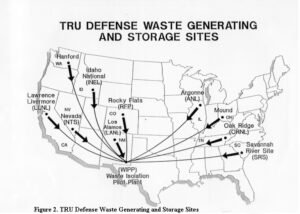
“To my astonishment, over the course of four full days, we worked through the multitude of issues and came to complete agreement. Something magical had happened. Thanks to the goodwill of the DOE and its contractor, the remarkable daily attendance and attentiveness of the NMED Secretary and the measured and well-informed way in which the various citizen groups made their points, we were able to find consensus and craft permit language that was acceptable to everyone.
“For me, as a former judge and mediator, the experience was thrilling. It was an experience of participatory democracy in action that made me proud of our fellow citizens and our government. Three aspects of the experience stand out. First, everyone in the room had taken responsibility for the way in which our nation’s only deep underground nuclear storage facility would be operated for the next 10 years. The citizen participants were not just making suggestions; they were assuming many of the attributes of decision makers. Second, all participants were advocating, compromising, and collaborating on behalf of what they saw as the public interest. These are the essential skills of democracy—the civic virtues so central to the Founders’ vision of what would make democracy work in America—and they require practice. Finally, over four days around a table, the citizens were able to take the measure of the DOE and NMED representatives. They came to realize, as I did, that these public servants, as well as the DOE contractor, were very well-informed, experienced, and intentioned. The government representatives had a similar experience of coming to appreciate the citizen questions and points of view. A government that relies on trust needs this kind of interaction to maintain that trust.
“It seems our democracy would be strengthened if we could extend the benefits of this kind of participatory structure to other areas of our legal and regulatory systems.”
“In Democracy in America, Alexis de Tocqueville made some of these points in reference to the jury trial in civil cases. He emphasized the importance of the civil jury trial as a free “public school” [https://contextus.org/Tocqueville,_Democracy_in_America_(1835),_Book_I,_Chapter_XVI_Causes_Mitigating_Tyranny_In_The_United_States_(Part_II).13?ven=Gutenberg&lang=en]  educating jurors in the democratic virtues and skills and teaching them to assume responsibility. In the same vein, every trial judge I know would attest to the importance of the jury experience for building confidence in the courts. After a trial, judges often hear words of gratitude from jurors who are deeply impressed by the legal process and are honored to have participated despite their initial dismay at being called to jury service. Sadly, the number of jury trials has diminished, particularly in federal court. Reversing that trend is a worthy goal, particularly for a branch of government that depends so heavily on public confidence.
educating jurors in the democratic virtues and skills and teaching them to assume responsibility. In the same vein, every trial judge I know would attest to the importance of the jury experience for building confidence in the courts. After a trial, judges often hear words of gratitude from jurors who are deeply impressed by the legal process and are honored to have participated despite their initial dismay at being called to jury service. Sadly, the number of jury trials has diminished, particularly in federal court. Reversing that trend is a worthy goal, particularly for a branch of government that depends so heavily on public confidence.
“As a final reflection: any persons involved as litigants will have an experience of the legal system. The experience can advance their sense of agency and participation, their ability to disagree civilly, and their trust in the courts. But how can these objectives be obtained when so many Americans cannot afford a lawyer? We can do so much better to provide understanding of and access to our justice system.”
The six New Mexico based non-governmental organizations were Citizens for Alternatives to Radioactive Dumping (CARD), Concerned Citizens for Nuclear Safety (CCNS), Conservation Voters New Mexico (CVNM), Nuclear Watch New Mexico, Southwest Alliance for a Safe Future (SAFE), and Southwest Research and Information Center (SRIC). The individual was Steve Zappe, a grandfather and former NMED WIPP Program Manager.
“A House of Dynamite” New Netflix Nuclear Catastrophe Film: Fiction, for Now
The reviews are rolling in for “A House of Dynamite,” which premiered in Europe earlier this month before coming to the U.S. on October 10th, with a full Netflix release scheduled for the 24th. Here’s the trailer, and see the schedule for Santa Fe theater showings here:
This Week! Santa Fe Theater Screenings for the Film “A House of Dynamite”
I attended one of these screenings last night, and I’ll let the professional critic reviews give the gist:
The Kathryn Bigelow thriller looks at what might happen if a ballistic missile were headed to the U.S. The director hopes the movie will start a conversation. New York Times: At Venice, ‘A House of Dynamite’ Is Scarier Than Most Horror Films
“The Netflix thriller captures from multiple perspectives the White House response to an unattributed missile launch headed for a major U.S. city in the harrowing 20 minutes until projected impact…”An unrelenting chokehold thriller so controlled, kinetic and unsettlingly immersive that you stagger out at the end of it wondering if the world will still be intact.” ‘A House of Dynamite’ Review: Idris Elba and Rebecca Ferguson in Kathryn Bigelow’s Precision-Tooled, Viscerally Unsettling Nail-Biter
“Told from the perspective of soldiers at a remote Alaskan missile base, staffers in the White House situation room, military officials at US Central Command (CENTCOM), and the president of the United States, the film weaves an overlapping timeline to show how the United States would respond to a missile attack…The film doesn’t want viewers to ask themselves how to thwart a nuclear attack on the United States. Rather, it wants the viewer to question the value of having nuclear weapons at all. ‘None of this makes sense,’ the President (Idris Elba) bemoans, ‘Making all these bombs and all these plans.'”
“A House of Dynamite is a terrifying examination of how terribly wrong things can go even with highly competent people in charge…But that’s also not necessarily the world we’re living in…The film shows why the worst can happen, even when competent, well-meaning people are trying to do the right thing.
But what if competence and decency are in short supply?” A House of Dynamite: Bigelow’s latest thriller shows why nuclear bombs are only part of the danger
This film left me reeling with tension and anxiety and exactly as the Times article titles it, is scarier than most horror films. Unlike ‘Oppenheimer,’ which largely glorified the invention of the atomic weapon, ‘A House of Dynamite’ makes it impossible to ignore the threat that nuclear weapons pose to our world. Working backwards from perspectives, and focused on how we can actually improve our odds of keeping this story a fictional one, here is what struck me most about this film:
-
-
Only one person decides what happens. But the real threat isn’t one reckless leader — it’s a reckless system. The final segment of the film features the “nuclear football” heavily, a briefcase containing launch procedures and options. In the United States, the president holds the sole and absolute authority to order the use of nuclear weapons. In the film, there are many voices in the President’s ear, but two primary perspectives quickly emerge after the defense fails and the ICBM remains inbound to its U.S. target: “One side advocates a retaliatory strike; the other, nothing. ‘It’s surrender or suicide,’ one adviser tells the President,” – thebulletin.org. The military aide carrying the nuclear football is tasked with providing the President the list of options if retaliation is chosen. An absolute must-read, Daniel Ellsberg’s book “The Doomsday Machine” breaks down many of the themes in the film with pure and terrifyingly honest account of Cold War-era nuclear strategy. In terms of launch authority, he describes how the inherent instability of the delegated command structure of the nuclear apparatus makes accidental or unwanted war an ever-present danger.
-
LANL tritium containers to head to Texas after last treatment
Four flanged tritium waste containers have been depressurized and transported to Los Alamos National Laboratory’s Weapons Engineering Tritium Facility, where they will be treated further before heading out-of-state for disposal.
By Alaina Mencinger amencinger@sfnewmexican.com | October 15, 2025 santafenewmexican.com
The containers’ final destination is Waste Control Specialists, a West Texas facility that handles the storage and disposal of radioactive waste.
The more than 1,300-acre facility in Andrews County is located on an approximately 14,000 acre property, which is sited on a thick clay formation which the company describes as “nearly impermeable.”
New documents have been added to the Los Alamos Legacy Cleanup Contract Electronic Public Reading Room.
All legacy cleanup documents required to be posted after April 30, 2018, are available on the site linked above.
For legacy cleanup documents that were posted prior to April 30, 2018, please visit the LANL electronic public reading room.
- Review, Notice of Completion of Off-Site Waste Shipments for Final Disposal, Activities 3.1.5, 3.1.8, and 3.3.4, Compliance Plan, Site Treatment Plan, Federal Facility Compliance Order Los Alamos National Laboratory [July 31, Aug. 21, 2025]
https://ext.em-la.doe.gov/GovFTPFiles/api/GetFiles/GetFile?fileName=EMID-703933_NMED_Review_STP_Shpmt_Jul_31_Aug_21_101525.pdf
Strong Political and Public Opposition Means Consolidated Interim Storage Facility (CISF) in NM “Impossible in the Near Future”
NEW UPDATE OCTOBER 10, 2025:
Holtec abandons plan to build New Mexico storage facility for spent nuclear fuel
This is excellent news. The Governor and state legislature (specifically Senator Jeff Steinborn and Representative McQueen) are to be commended for not allowing New Mexico to become the nation’s dumping ground for highly radioactive commercial spent fuel rods, especially when the Land of Enchantment has never had its own nuclear energy plant. Hard work from many New Mexicans made this happen.
So-called “interim” storage would never be interim when the federal government has failed for more than four decades to find a permanent repository for these lethal wastes. This also shows how hollow all the hype is about the claimed renaissance of nuclear power, when on the front end the industry can’t survive without taxpayer handouts, and on the back end can’t solve its radioactive waste problem.
Holtec’s quote that “New Mexico’s acquiescence is necessary” for interim storage to go forward is interesting, implying that we have to surrender as the nuclear colony that we are. Well, guess what, we didn’t surrender, and I predict you’ll see more of this. Moreover, whether you’re pro-nuclear or anti-nuclear, Holtec is an ethically questionable company, which is why the attorneys general of New Jersey and Massachusetts have sued it.
Adiós and good riddance, Holtec!
New York Times: Tax Break Scandal Leads to $5 Million Fine for N.J. Energy Company
SEE MORE:
Nuclear Weapons Issues & The Accelerating Arms Race: September 2025
Nuclear Weapons Update:
Putin has offered Trump a one-year extension of the numerical cap on strategic nuclear weapons in the new Strategic Arms Reduction Treaty which is 1,550 warheads (however, B52s are counted as one warhead while they can carry a dozen). New START expires in February 2026, which will be the first time the world will be without any nuclear arms control treaties since the mid-1970s. Trump has said it sounded like a good idea.
Note: New START ratification in 2010 provided the opportunity for Republicans in the Senate to attach the condition of $88 billion for nuclear weapons “modernization” that has since metastasized to ~$2 trillion. Nuclear disarmament must be prioritized as the ultimate goal over simply continued arms control.
A mere extension of the numerical cap would not involve Congressional ratification. The extension of New START’s numerical cap is in part to allow for a year in which to begin negotiations for a treaty replacement.
Plutonium Pit Production:
A draft plutonium pit production programmatic environmental impact statement is expected to be released next year in early 2026.
Accelerating Arms Race:
Is North Korea set to become world’s ‘fourth ICBM power’ after missile breakthrough? | Park Chan-kyong | South China Morning Post | September 11, 2025
A new era in North Korea’s missile programme may be dawning, as analysts warn of an imminent test launch of an intercontinental ballistic missile capable of carrying multiple warheads to the US mainland. Fresh from his appearance at China’s Victory Day parade in Beijing last week, North Korean leader Kim Jong-un personally oversaw the trial of a lighter, more robust solid-fuel ICBM engine, state media reported on Tuesday, touting the achievement as a “strategic” breakthrough.
Saudi Arabia signs a mutual defense pact with nuclear-armed Pakistan after Israel’s attack on Qatar | MUNIR AHMED & JON GAMBRELL | AP NEWS | September 18, 2025
DUBAI, United Arab Emirates (AP) — Pakistan’s defense minister says his nation’s nuclear program “will be made available” to Saudi Arabia if needed under the countries’ new defense pact, marking the first specific acknowledgment that Islamabad had put the kingdom under its nuclear umbrella.
Defense Minister Khawaja Mohammad Asif’s comments underline the importance of the pact struck this week between Pakistan and Saudi Arabia, which have had military ties for decades.
The move is seen by analysts as a signal to Israel, long believed to be the Middle East’s only nuclear-armed nation. It comes after Israel’s attack targeting Hamas leaders in Qatar last week killed six people and sparked new concerns among Gulf Arab nations about their safety as the Israel-Hamas war devastated the Gaza Strip and set the region on edge.
Russia suspected of helping North Korea build nuclear submarines, Seoul investigating | Park Chan-kyong | South China Morning Post | September 18, 2025
South Korea is investigating reports that Russia has supplied North Korea with nuclear submarine reactor modules, a move analysts see as highly plausible and one that could mark a breakthrough in Pyongyang’s decades-long push for a nuclear-powered navy… At the 8th Party Congress in January 2021, North Korea declared five core defence goals, including the development of nuclear-powered submarines and submarine-launched strategic nuclear weapons.
China Hardens Military Stance Against U.S. With Nuclear Weapons and Tough Talk | Brian Spegele | The Wall Street Journal| September 18, 2025
China played down its rapidly rising military might for years. In the past few weeks, Beijing has broadcast a steady drumbeat of firepower displays and muscular rhetoric, carrying an unmistakable warning for the U.S… Part of China’s confidence stems from the rapid growth of its firepower. The Pentagon estimates that China’s stockpile of nuclear warheads has more than doubled since 2020, alongside a growing array of options to launch those weapons, from mobile ground-launch systems to increasingly stealthy submarines.
Holtec Pulls Out of New Mexico Spent Nuclear Fuel Interim Storage Project
Holtec International has confirmed it is canceling plans to build a consolidated interim storage facility for spent nuclear fuel in southeastern New Mexico.
By Radwaste Solutions | October 9, 2025 ans.org
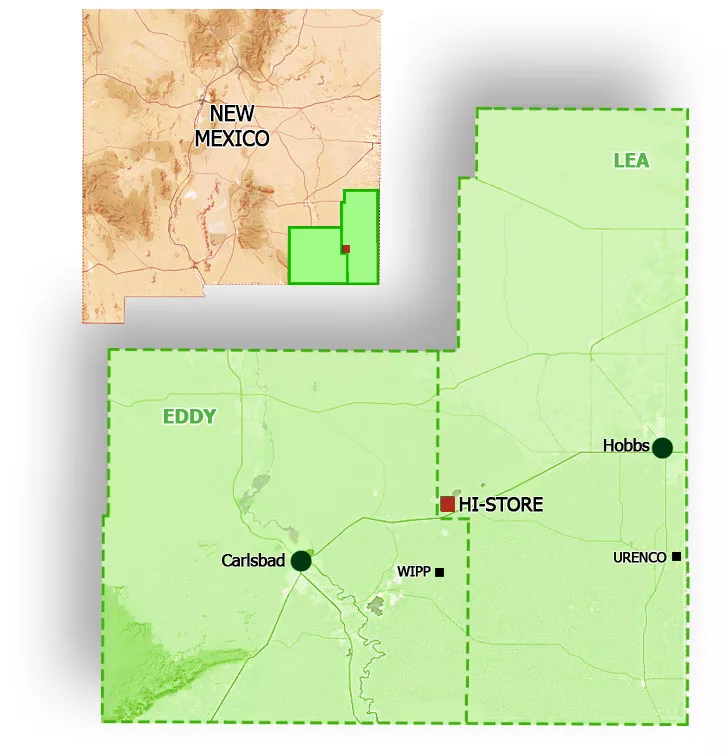
Named the HI-STORE CISF, the facility would have stored up to 10,000 canisters of commercial SNF on land owned by the Eddy-Lea Energy Alliance (ELEA) near the towns of Carlsbad and Hobbs.
“After discussions with our longtime partner in the HI-STORE project, the Eddy-Lea Energy Alliance, and due to the untenable path forward for used fuel storage in New Mexico, we mutually agreed upon canceling the agreement. This allows for ELEA to work to redevelop the property in a manner that fits their needs and allows Holtec to work with other states who are amenable to used fuel storage based on the recent DOE work on public education and outreach,” Holtec said in a statement (emphasis added).
Following the U.S. Supreme Court’s June ruling in NRC v. Texas, which found that petitioners did not have standing to challenge the Nuclear Regulatory Commission’s licensing of Interim Storage Partners’ CISF in Texas, Holtec said it expected to have its HI-STORE CISF license reinstated, allowing the company to move forward with the project. Holtec and ISP’s NRC licenses were vacated by the 5th Circuit Court of Appeals in a 2023 ruling.
Despite the court’s decision, New Mexico Gov. Michelle Lujan Grisham said she remained committed to preventing the HI-STORE CISF from being built. In 2023, New Mexico passed a bill barring the storage and disposal of high-level radioactive waste in New Mexico without the state’s explicit consent.
The AI Doomsday Machine Is Closer to Reality Than You Think
“Most troubling to experts on AI and nuclear weapons is that it’s getting harder and harder to keep decisions about targeting and escalation for nuclear weapons separate from decisions about conventional weapons.”
“There is no standing guidance, as far as we can tell, inside the Pentagon on whether and how AI should or should not be integrated into nuclear command and control and communications,” says Jon Wolfsthal, director of global risk at the Federation of American Scientists.
By Michael Hirsh | September 2, 2025 politico.com
Jacquelyn Schneider saw a disturbing pattern, and she didn’t know what to make of it.
Last year Schneider, director of the Hoover Wargaming and Crisis Simulation Initiative at Stanford University, began experimenting with war games that gave the latest generation of artificial intelligence the role of strategic decision-makers. In the games, five off-the-shelf large language models or LLMs — OpenAI’s GPT-3.5, GPT-4, and GPT-4-Base; Anthropic’s Claude 2; and Meta’s Llama-2 Chat — were confronted with fictional crisis situations that resembled Russia’s invasion of Ukraine or China’s threat to Taiwan.
Director Kathryn Bigelow is Sounding the Nuclear Alarm – Washington Post New Review
“A House of Dynamite” asks: How would the White House respond in the face of a nuclear attack?
By Max Boot | October 2, 2025 washingtonpost.com
VIEW MORE: “A House Of Dynamite” Q&A w/ Director Kathryn Bigelow, Tracy Letts, Jared Harris, And More At New York Film Fest —
80th Commemorations of Ban the Bomb – Trinity, Hiroshima & Nagasaki Remembrances in New Mexico
Exchange Monitor: DNFSB makes agency fixes, but needs members, GAO finds
The Defense Nuclear Facilities Safety Board (DNFSB) has tackled all but a few third-party recommendations to improve its culture over the past decade but suffers from a depleted board, according to a new report.
By ExchangeMonitor | September 5, 2025 santafenewmexican.com
Progress is tough with the five-person board probably…
China Hardens Military Stance Against U.S. With Nuclear Weapons and Tough Talk
Xi positions Beijing as powerful center of new global order as security forum convenes in capital
By Brian Spegele | September 18, 2025 wsj.com
BEIJING—China played down its rapidly rising military might for years. In the past few weeks, Beijing has broadcast a steady drumbeat of firepower displays and muscular rhetoric, carrying an unmistakable warning for the U.S….
Saudi Arabia signs a mutual defense pact with nuclear-armed Pakistan after Israel’s attack on Qatar
While not specifically discussing the bomb, the agreement states “any aggression against either country shall be considered an aggression against both,” according to statements issued by both Pakistan’s Foreign Affairs Ministry and the state-run Saudi Press Agency.
By MUNIR AHMED and JON GAMBRELL | September 18, 2025 apnews.com
ISLAMABAD (AP) — Saudi Arabia and nuclear-armed Pakistan have signed a mutual defense pact that defines any attack on either nation as an attack on both — a key accord in the wake of Israel’s strike on Qatar last week.
The kingdom has long had close economic, religious and security ties to Pakistan, including reportedly providing funding for Islamabad’s nuclear weapons program as it developed. Analysts — and Pakistani diplomats in at least one case — have suggested over the years that Saudi Arabia could be included under Islamabad’s nuclear umbrella, particularly as tensions have risen over Iran’s atomic program.
COMMUNITIES FOR CLEAN WATER: LANL Radioactive Tritium Venting Fails to Provide Transparency, Assurance, and Respect for Local Communities
FOR IMMEDIATE RELEASE: September 18, 2025
Santa Fe, NM — As NNSA and LANL continue operations to depressurize Flanged Tritium Waste Containers, Communities for Clean Water (CCW) calls out federal agencies for issuing vague assurances instead of transparent, verifiable data — and for dismissing community concerns with contradictory and incomplete statements that disregard what independent experts have found, the Department of Energy’s (DOE) own legal obligations, and the New Mexico Environment Department’s (NMED) acknowledgment that LANL has a long record of compliance failures.
“How can our communities be expected to trust LANL when they won’t give us access to the raw, real-time monitoring data – independently verified by the EPA,” asks Joni Arends with Concerned Citizens for Nuclear Safety. “Without this transparency, LANL is continuing a legacy of empty assurances, not accountability.”
Key Concerns:
-
Lack of real-time transparency – Since Friday (Sept. 12), the public has been forced to rely on NMED’s Facebook page for piecemeal updates. While LANL’s website provides very brief daily summaries, no near-real-time monitoring dashboard from DOE, NNSA, or LANL has been made available.
-
Vague assurances, not real information – NNSA’s updates claim “no tritium was released” while simultaneously telling the public to expect “very low levels of tritium” for subsequent venting. Without numbers, monitoring data, or detection thresholds, these phrases do not provide reassurance.
-
Weather risks – LANL has not disclosed thresholds for wind, rain, or humidity that would postpone venting. Communities watch weather shifts in real time but are left in the dark about how safety decisions are being made.
-
Dismissal of public health concerns – When asked for plain-language guidance that NMED stated LANL would provide, LANL responded only with “no offsite impact anticipated.” This is not meaningful and reassuring guidance, it’s a blanket dismissal that disregards independent expert findings and fails to meet DOE’s obligations to protect vulnerable populations.
-
Ignoring daily lifeways – Avoiding Pueblo Feast Days is not enough. This is harvest season, when outdoor cultural events, youth programs, and farming are in full swing. LANL’s scheduling continues to disregard these realities.
Unanswered Questions
Independent experts and community advocates have raised critical unanswered questions:
-
Unclear “depressurization” – LANL said “no internal pressure was found” in a container, but also claimed it was “depressurized.” If no pressure existed, what was released?
-
Unanswered helium questions – NMED stated helium was released, but LANL has not explained its origin. Was it introduced at sealing of the outer container, or a decay product of tritium?
-
Monitoring limits undisclosed – LANL has not disclosed the detection limits of its monitoring equipment. Readings “indistinguishable from zero” could still mask releases.
DOE NNSA Gives Misleading Statements on Native America Calling
On a recent Native America Calling program, DOE NNSA’s Los Alamos Field Office Deputy Director Pat Moss compared LANL venting to global natural tritium stocks. Independent expert Dr. Arjun Makhijani pointed out this comparison as misleading: “The problem is not global background, but local contamination. If venting occurs in rain and calm winds, local rainfall could exceed U.S. drinking water standards by hundreds to thousands of times.”
In their most recent public meeting, LANL admitted that infants could receive three times the radiation dose as adults. During the interview, Dr. Makhijani pressed this point – if adults are modeled at 6 mrem, that means infants could be at 18 mrem, nearly double the EPA’s 10 mrem compliance limit. Instead of addressing this directly, Mr. Moss provided a stock line, “We will be compliant with the regulatorily imposed release threshold and will be doing the calculations per the regulation.”
That is exactly the problem – hiding behind regulatory caps while ignoring clear evidence that infants, our most vulnerable, face exposures above legal limits.
DOE NNSA also pointed to the Defense Nuclear Facilities Safety Board (DNFSB) – an independent federal oversight body created by Congress – as if it had declared the tritium venting operation as “fully protective of the public”. That is misleading. First, the DNFSB has been operating without a quorum for months, limiting its ability to issue independent recommendations. Second, what the Board staff said in its July 2025 presentation was that the overall nuclear safety risk to the public is low if DOE’s proposed controls are followed. The DNFSB has also flagged ongoing safety concerns at LANL including deficiencies in Area G’s safety analysis and risk to workers.
First of four containers of tritium waste at LANL has been vented
The first of four flanged tritium waste containers awaiting removal from Los Alamos National Laboratory has been vented, the New Mexico Environment Department announced Tuesday afternoon.
By Alaina Mencinger amencinger@sfnewmexican.com | September 16, 2025 santafenewmexican.com
The container can now be moved for treatment at LANL and then, eventually, to an off-site disposal area.
No internal pressure was found in the first container, according to the National Nuclear Security Administration, suggesting the inner containers in the flanged tritium waste container hadn’t leaked. Air monitoring did not show an increase of tritium beyond background levels, the federal agency wrote.
No tritium emissions were released, the Environment Department wrote in its Tuesday post on X, formerly Twitter. Both the state agency and the U.S. Environmental Protection Agency are monitoring the process.
The depressurization of the containers is set to continue at 7 a.m. Wednesday, although the NNSA noted the schedule is subject to change due to weather. The four containers will be vented one at a time over an estimated two-week period.
*The featured image differs from the article photo due to usage rights.
New Mexicans Can Save the DNFSB; Contact Our Senators Today
From our friends at Concerned Citizens for Nuclear Safety:
The independent Defense Nuclear Facilities Safety Board has been dwindling from a five-member board to one member and may disappear if we, the People, do not raise our voices to support its essential nuclear safety work. The Safety Board needs at least two new members. And that needs to get done by Saturday, October 18th. https://www.dnfsb.gov/about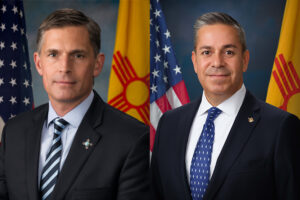
New Mexico U.S. Senators Heinrich and Lujan have key roles to play to ensure the Safety Board’s work continues unimpeded. https://www.heinrich.senate.gov/ and https://www.lujan.senate.gov/ Our voices of support are essential to ensure communities continue to receive the essential services of the Safety Board and its staff.
Right now members of the Safety Board’s staff are monitoring the venting of radioactive tritium from Area G at Los Alamos National Laboratory (LANL). Their expertise in the field of nuclear safety and their demonstrated competence and knowledge relevant to their independent investigative and oversight functions are an essential part of the process. They will be part of the follow-up once the venting of the four flanged tritium waste containers is completed. https://tewawomenunited.org/?s=tritium, https://www.ccwnewmexico.org/tritium, https://nuclearactive.org/
Not only does the Safety Board have staff at LANL, but also at Sandia National Laboratories in Albuquerque and at the Waste Isolation Pilot Plant, the burial site for plutonium contaminated nuclear weapons waste, near Carlsbad. https://ananuclear.org/facilities/
Russia suspected of helping North Korea build nuclear submarines, Seoul investigating
Analysts said such a technology transfer was plausible given Pyongyang’s support for Russia’s ongoing war in Ukraine
By Park Chan-kyong | September 18, 2025 scmp.com
South Korea is investigating reports that Russia has supplied North Korea with nuclear submarine reactor modules, a move analysts see as highly plausible and one that could mark a breakthrough in Pyongyang’s decades-long push for a nuclear powered navy…
Holy See tells nations at UN to end threat of nuclear weapons, even as deterrence
Amid a global arms race, ending the threat of nuclear war — and even the testing of nuclear weapons — is imperative, said the Holy See’s diplomat to the United Nations.
By Gina Christian, OSV News | September 8, 2025 catholicreview.org
Archbishop Gabriele G. Caccia, the Holy See’s U.N. permanent observer, shared his thoughts in a statement he delivered Sept. 4 at U.N. headquarters in New York, during the General Assembly High-level Plenary Meeting to Commemorate and Promote the International Day Against Nuclear Tests, observed that same day.
“The pursuit of a world free of nuclear weapons is not only a matter of strategic and vital necessity, but also a profound moral responsibility,” Archbishop Caccia in his remarks.
He pointed to the introduction of nuclear weapons — first detonated by the U.S. in 1945 over the Japanese cities of Hiroshima and Nagasaki, killing an estimated 110,000 to 210,000 people, during World War II — as unveiling to the world “an unprecedented destructive force.”
Historic peace vigil partially dismantled after Trump orders: ‘Take it down’
Law enforcement officials on Sunday removed parts of the White House Peace Vigil, which has sat just outside the White House for decades.
By Marissa J. Lang, The Washington Post | September 8, 2025 washingtonpost.com
But over the past week, it faced a new threat as Trump turned his attention to the vigil and federal officers picked apart the structure that shields protesters and their signs from the elements. The vigil is maintained by a rotating cast of volunteers who keep the protest going 24 hours a day, seven days a week.
On Friday, Brian Glenn, a correspondent for the conservative network Real America’s Voice, told the president during a gathering with reporters that there was “a blue tent” in front of the White House that was “an eyesore.” Trump initially said he was unaware of it, but he then quickly ordered its removal.
Photo by Sig. Chiocciola, Creative Commons: The White House Peace Vigil on March 30, 2025 staffed by volunteers, Philipos Melaku-Bello (left) and Joe Brown (right).
For 80 years, nuclear weapons have been the unused threat
Amid a global arms race, ending the threat of nuclear war — and even the testing of nuclear weapons — is imperative, said the Holy See’s diplomat to the United Nations.
By Matt Kelly, mkelly@virginia.edu, September 3, 2025 news.virginia.edu
In the 80 years since World War II, which ended with the use of two atomic bombs, the world has maintained a tenuous relationship with nuclear weapons.
Philip Potter, professor of public policy at the University of Virginia’s Frank Batten School of Leadership and Public Policy and director of the National Security Data and Policy Institute, said he worries about the current delicate nuclear balance.
“Eighty years of non-use is the product of both good diplomacy and a recognition of the potential consequences,” Potter said. “The fearsome power of nuclear weapons causes countries pause before they use them, but a great deal of work has also gone into nonproliferation and the management of crises to keep them away from the nuclear brink. In some ways the dynamics of the Cold War made managing the potential for nuclear confrontation easier.”
It’s a very different strategic scenario now, where there are nine nuclear powers and less capacity to manage them.
A House of Dynamite review – Kathryn Bigelow’s nuclear endgame thriller is a terrifying, white-knuckle comeback
★★★★★: Amid a global arms race, ending the threat of nuclear war — and even the testing of nuclear weapons — is imperative, said the Holy See’s diplomat to the United Nations.
By Peter Bradshaw, The Guardian | September 2, 2025 theguardian.com
Kathryn Bigelow has reopened the subject that we all tacitly agree not to discuss or imagine, in the movies or anywhere else: the subject of an actual nuclear strike. It’s the subject which tests narrative forms and thinkability levels.
Maybe this is why we prefer to see it as something for absurdism and satire – a way of not staring into the sun – to remember Kubrick’s (brilliant) black comedy Dr Strangelove, with no fighting in the war room etc, rather than Lumet’s deadly serious Fail Safe.
Nuclear News Archive – 2022
Feinstein, Colleagues to DOD: ‘Low-Yield’ Nuclear Weapons Not a Deterrent
PRESS RELEASE | feinstein.senate.gov
Washington—Senators Dianne Feinstein (D-Calif.), Patrick Leahy (D-Vt.), Bernie Sanders (I-Vt.), Tammy Baldwin (D-Wis.) and Elizabeth Warren (D-Mass.) today wrote to Defense Secretary Mark Esper questioning the decision to begin fielding W76-2 “low-yield” nuclear submarine-launched ballistic missile warheads.
“We write to express our concern about the recent decision to begin fielding the W76-2 low-yield nuclear submarine-launched ballistic missile warhead, a decision we do not support,” wrote the senators.
“It is inconsistent for the United States to begin fielding new nuclear weapons while we urge other countries not to do so. We should be focusing on diplomatic solutions, and we ask that you urge President Trump to extend New START before it expires next year in order to begin negotiating a successor treaty that addresses U.S. security needs.”
Full text of the letter is available here and below.
Senators Introduce Legislation to Counteract Trump Exit from Iran Deal
Iran Diplomacy Act calls for a diplomatic resolution to Iran’s nuclear program
PRESS RELEASE | markey.senate.gov
Washington (February 19, 2020) – Senators Edward J. Markey (D-Mass.), Dianne Feinstein (D-Calif.), Chris Van Hollen (D-Md.), Tammy Duckworth (D-Ill.), Bernie Sanders (I-Vt.), and Elizabeth Warren (D-Mass.) have introduced S.3314, the Iran Diplomacy Act, which calls upon the United States and Iran to return to no less than their commitments under the 2015 Joint Comprehensive Plan of Action (JCPOA), also known as the Iran nuclear deal. On January 14, 2020, France, Germany, and the United Kingdom triggered the JCPOA’s Dispute Resolution Mechanism in an attempt to address Iran’s breaches of the agreement, all of which followed the Trump administration’s unilateral exit from the deal on May 8, 2018.
Holes found in protective liner at SC nuclear fuel factory
Inspectors at the Westinghouse nuclear fuel factory near Columbia recently found 13 small leaks in a protective liner that is supposed to keep pollution from dripping into soil and groundwater below the plant.
ARTICLE BY SAMMY FRETWELL | thestate.com
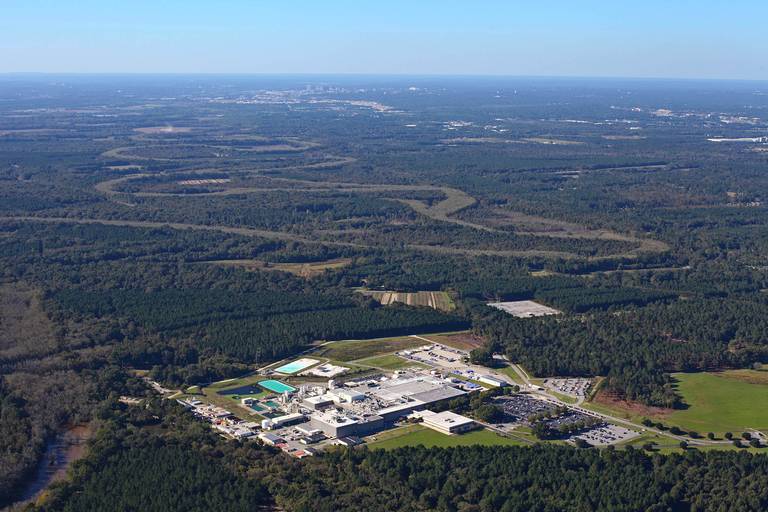
Now, the company plans to check a concrete floor beneath the liner, as well as soil below the plant, for signs of contamination that could have resulted from the tears, which were characterized in a federal inspection report as ‘’pinhole leaks.’’ The pinhole leaks, discovered by Westinghouse late in 2019, may have formed after company employees walked across the liner and weakened it, according to the U.S. Nuclear Regulatory Commission.
Delegation should support strong review of pit production
“”Awkward” was how a recent article by the Associated Press appropriately described the position of New Mexico’s liberal congressional delegation when it comes to environmental review of plans to ramp up production of plutonium “pits” at Los Alamos National Laboratory.”
Journal North Editorial Board, The Albuquerque Journal | February 16th, 2020 abqjournal.com
Production of plutonium pits, the triggers for nuclear weapons, is expected to resume at LANL, with a goal of making as many as 80 pits a year by 2030.
“Awkward” was how a recent article by the Associated Press appropriately described the position of New Mexico’s liberal congressional delegation when it comes to environmental review of plans to ramp up production of plutonium “pits” at Los Alamos National Laboratory.
Our Democratic elected officials in Congress are all, to varying degrees, considered strong supporters of environmental causes. On LANL, which produces radioactive waste and will produce much more when it starts making the grapefruit-sized cores of nuclear weapons on a grand scale over the next decade, they’ve walked something of a tightrope.
They want the billions of dollars in spending and the jobs that come with making pits for a historic (and historically expensive) upgrade of the nation’s nuclear weapons arsenal. They’ve even fought the idea of LANL having to share pit production with another national lab in South Carolina. They want all of the pits to be made in New Mexico.Continue reading
Proposed budget calls for $100 million cut in LANL cleanup
“To have a 46 percent cut in Los Alamos cleanup is stunning,” said Jay Coghlan, executive director of Nuclear Watch New Mexico. “We’ve got nuclear weapons on steroids and cleanup is the poor stepchild subject to the whims of DOE.”
BY: Scott Wyland swyland@sfnewmexican.com Feb 13, 2020 | Santa Fe New Mexican
Los Alamos National Laboratory’s long-term environmental cleanup program would be cut by $100 million under the U.S. Energy Department’s proposed budget for 2021.
The agency’s preliminary “budget in brief” shows a proposed 46 percent reduction in funding for the lab’s environmental management, which handles cleanup of legacy waste generated before 1999, including during the Manhattan Project and Cold War.
A mile-long, highly toxic chromium plume under the Sandia and Mortandad canyons and the massive radioactive waste buried in Area G are the results of shoddy disposal that occurred around the lab before environmental regulations were enacted in the 1970s.
Meanwhile, the Energy Department wants to increase spending by 25 percent on nuclear weapons to help meet the Trump administration’s goal of having LANL and Savannah River Site in South Carolina produce a combined 80 plutonium pits a year by 2030.
Nuclear waste site near Carlsbad opposed by New Mexico House committee vote
“These wastes are going to last for millions and millions of years. They are extremely toxic. The idea is to dispose of these in an area where there are gas and mineral resources. This is really not what New Mexico needs.” – Dave McCoy with Citizen Action New Mexico
ARTICLE BY: ADRIAN HEDDEN | currentargus.com
Legislation to oppose the transportation and storage of high-level nuclear waste in New Mexico cleared a State House committee as Holtec International continues to develop a plan to store such waste at a proposed facility near the Eddy-Lea county line.
House Memorial 21 was introduced by New Mexico Rep. Matthew McQueen (D-50) intended to prevent the controversial proposal that could see up to 100,000 metric tons of spent nuclear fuel rods stored on a temporary basis at the site in southeast New Mexico for at least 40 years.
The Trump Administration’s FY 2021 Request for the National Nuclear Security Administration
The Trump Administration is proposing a massive funding increase for the Department of Energy’s National Nuclear Security Administration (NNSA). At $19.8 billion, the request increases current NNSA funding by $3.1 billion, or 18.4 percent.
Article originally from taxpayer.net
NNSA funds all the Pentagon’s nuclear weapons-related activities, including weapons design, production, safeguarding the nation’s nuclear stockpile and clean-up of the government’s nuclear weapons sites. The NNSA budget does not fund the aircraft, submarines and missiles that make up the military’s nuclear “triad,” which are funded within the Pentagon’s annual budget.
In the FY 2021 request, the Department of Energy states that the additional NNSA funding is necessary to support the modernization efforts of U.S. nuclear forces called for in the 2018 Nuclear Posture Review.
Trump Proposes 25 Percent Bump in Nuke Spending
“Taxpayers in 2020 should not be forced to pay for a ticket back to nuclear weapons policies of the 1980s,” John Tierney, executive director of the Center for Arms Control and Non-Proliferation, said in a statement. Pit production funding wasn’t included in the overview. Energy Department officials said a full budget proposal would become available in the coming weeks.
“Globally, Trump’s nuclear weapons budget is fueling a new nuclear arms weapons race, particularly with a new plan for a new nuclear warhead,” said Jay Coghlan, executive director of New Mexico Nuclear Watch. “It solidifies Los Alamos lab’s future as a nuclear bomb plant, especially while nonproliferation, renewable energy and cleanup programs are held flat or cut.”
BY: SCOTT WYLAND |santafenewmexican.com
President Donald Trump is proposing a 25 percent increase in nuclear weapons spending that will include developing a new warhead for submarine-launched ballistic missiles, according to a preliminary 2021 budget overview released Monday.
The National Nuclear Security Administration, a semi-autonomous branch of the U.S. Energy Department, would see its budget increase by 18.4 percent to $19.8 billion next fiscal year, partly to ramp up production of plutonium pits at Los Alamos National Laboratory and Savannah River Site in South Carolina.
President’s Budget Calls for More Spending on Nuclear Production
Jay Coghlan of Nuclear Watch New Mexico, says that the budget request would allocate more taxpayer dollars to the country’s nuclear weapons programs since the Cold War ended 30 years ago.
“Globally Trump’s nuclear weapons budget is fueling a new nuclear arms race,” he said in a statement. “It solidifies Los Alamos Lab’s future as a nuclear bomb plant, while nonproliferation, renewable energy and cleanup programs are held flat or cut.”
BY: T.S. LAST |abqjournal.com
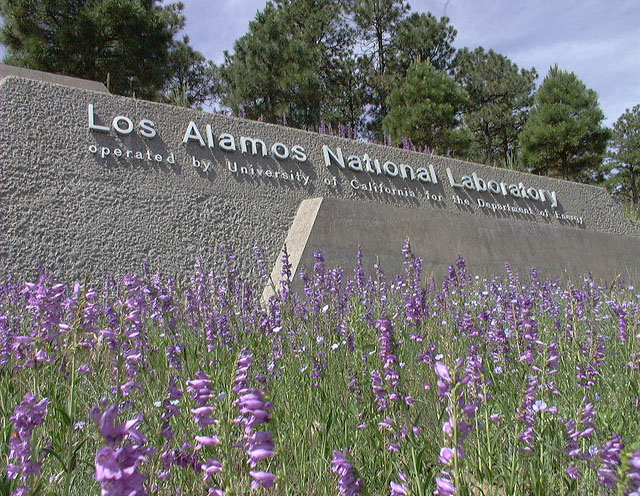
SANTA FE, N.M. — The National Nuclear Security Administration would get $19.8 billion under President Trump’s budget request for fiscal year 2021 — a 20% increase from this year’s budget — about half of which would go toward supporting the U.S.’s nuclear weapons programs.
According to a Department of Energy fact sheet distributed on Monday, $9.5 billion of NNSA’s budget would be put toward efforts to “sustain and modernize the U.S. nuclear stockpile.” Of that, $4.3 billion is earmarked for stockpile management and $2.5 billion is for production modernization to support production capabilities for nuclear weapons. That includes funds for equipment, facilities and personnel “to reestablish the Nation’s ability to produce (plutonium) pits.”
Trump Budget Calls for New Nuclear Warheads and 2 Types of Missiles
The president’s spending proposal requests money for a new arms race with Russia and China, and restores nuclear weapons as central to military policy.
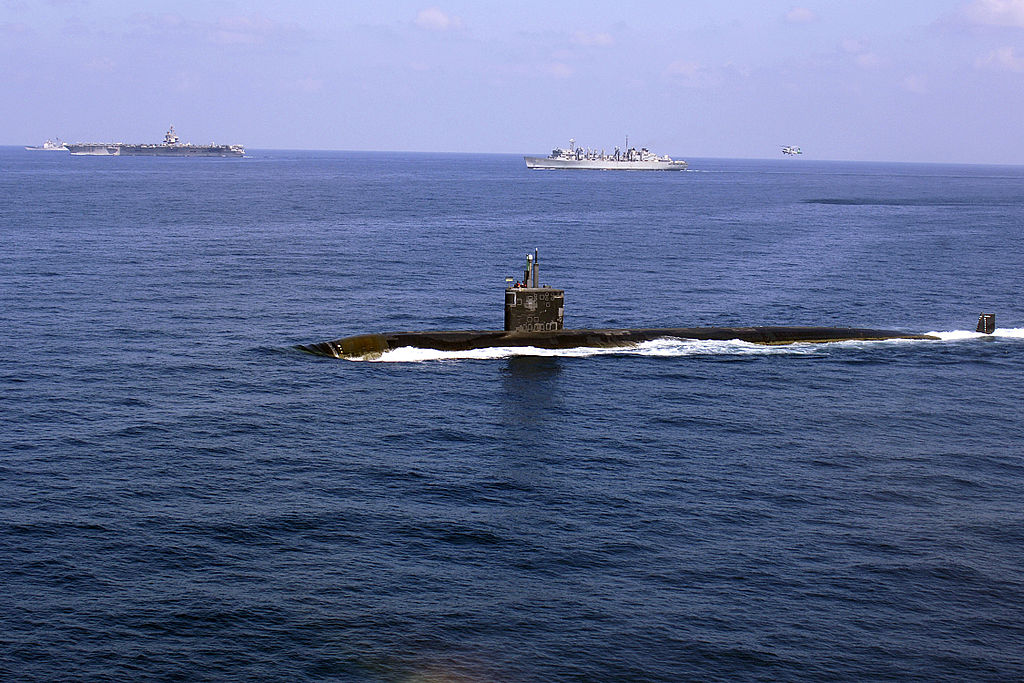
WASHINGTON — The Trump administration has begun to put a price tag on its growing arms race with Russia and China, and the early numbers indicate that restoring nuclear weapons to a central role in American military strategy will cost tens of billions of dollars over the next decade.
In the 2021 budget released on Monday, the administration revealed for the first time that it intended to create a new submarine-launched nuclear warhead, named the W93. Its development is part of a proposed 19 percent increase this year, to $19.8 billion, for the National Nuclear Security Administration, the Energy Department agency that maintains the nuclear stockpile and develops new nuclear warheads. More tellingly, that is a jump of more than 50 percent since 2017, President Trump’s first year in office.
Report: Triad had serious deficiencies in first year running Los Alamos lab
This article from the Santa Fe New Mexican is based on NNSA’s annual Performance Evaluation Reports (PERs) on contractor performance at its 8 nuclear weapons sites. NukeWatch New Mexico successfully sued in 2012 to get these reports publicly released. However, NNSA is now releasing only 3-page summaries, citing security concerns to at least one reporter. This is a baseless excuse given there has never been anything classified in the PERs.
“The federal evaluation points to Triad’s repeated breakdowns in oversight and safety issues while declaring that the contractor’s so-called accomplishments only slightly outweighed these chronic issues,” Jay Coghlan, executive director of Nuclear Watch New Mexico, said in a statement. “A rating of ‘good’ is simply not good enough as the lab aggressively expands the production of radioactive plutonium bomb cores for the new nuclear arms race,”
BY: SCOTT WYLAND | santafenewmexican.com
The consortium of nonprofits that operates Los Alamos National Laboratory struggled with safety, security and waste-management problems during the first year of its contract, including the accidental release of highly flammable cesium that required a multimillion-dollar cleanup, said an annual federal report card.
Putin wants to extend arms control. What’s Trump waiting for?
“Arms control takes political willpower. Binding and verifiable treaties are worth the effort. The weapons themselves are as cataclysmic in their power as ever. Have we lost the willpower to keep them in check?”
EDITORIAL BOARD | washingtonpost.com
The clock is ticking toward expiration of the last major nuclear arms control treaty, New Start, which will end a year from now if not extended by the United States and Russia. Should it lapse, the path will be open to another dangerous arms race, hardly what the world needs. Right now, all signs are pointing in the wrong direction.
WIPP Notes Need for Infrastructure Upgrades
DOE hopes to ramp up shipments of nuclear waste to NM repository
BY: ADRIAN HEDDEN | abqjournal.com
Officials from the U.S. Department of Energy are hoping to ramp up shipments of nuclear waste to the Waste Isolation Pilot Plant near Carlsbad to about 17 per week by 2023. The facility is currently accepting about 10 per week. To meet the goal of increasing shipments, Acting Manager of the DOE’s Carlsbad Field Office Greg Sosson said numerous ongoing infrastructure upgrades at the facility were needed.
“Infrastructure ages. We understand we have a lot more waste stream we’re going to tackle,” Sosson said. “These are really good projects to make sure WIPP is sustainable in the future so we can perform our important mission.”
Sosson, at Monday’s annual WIPP Legislative Breakfast in Santa Fe, said officials plan on WIPP accepting up to 350 shipments of transuranic nuclear waste in the next year from numerous DOE facilities, including 80 from Los Alamos National Laboratory and 195 from Idaho National Laboratory.
But to continue to accept waste at an increasing pace, Sosson said the facility must solve its airflow problem.
Trump takes Yucca Mountain off the table. What’s that mean for San Onofre nuclear waste?
“The proposed $3.1 billion increase for weapons is simply sprinting toward failure, and Congress should right-size NNSA’s workload to match what the complex can realistically do,” – Rep. Marcy Kaptur, D-Ohio
ARTICLE BY: ROB NIKOLEWSKI | latimes.com
President Trump has made a U-turn on funding the long-delayed and long-debated Yucca Mountain nuclear waste repository in Nevada — but it’s unclear what his decision means for moving the 3.55 million pounds of spent nuclear fuel at the shuttered San Onofre nuclear power plant.
In a tweet Thursday, Trump wrote:
Nevada, I hear you on Yucca Mountain and my Administration will RESPECT you! Congress and previous Administrations have long failed to find lasting solutions – my Administration is committed to exploring innovative approaches – I’m confident we can get it done!
— Donald J. Trump (@realDonaldTrump) February 6, 2020
A White House official confirmed that the administration will not include any funding for Yucca Mountain when it turns in its proposed 2021 budget next week.
Media Advisory: What to Look For in the U.S. Department of Energy’s FY2021 Nuclear Weapons and Cleanup Budget Request

According to media reports, the National Nuclear Security Administration (NNSA), the semiautonomous nuclear weapons agency within the Department of Energy (DOE), has persuaded President Trump to increase its weapons budget by more than 20% in one year. NNSA Administrator Lisa Gordon-Hagerty has claimed that a failure to give her agency that huge increase would amount to “unilateral disarmament” despite the U.S. having thousands of nuclear warheads ready to launch on a moment’s notice.
The Alliance for Nuclear Accountability, a 33-year-old network of groups from communities downwind and downstream of U.S. nuclear weapons sites, strongly opposes this unnecessary and dangerous spending that promotes a new global nuclear arms race. In addition, Trump’s FY 2021 budget request is expected to cut or hold flat cleanup, nonproliferation, dismantlement and renewable energy programs that meet real national needs to pay for more unneeded nuclear weapons. To compound all this, DOE’s nuclear weapons and environmental management programs have been on the Government Accountability Office’s “High Risk List” for project mismanagement and waste of taxpayers’ dollars for 27 consecutive years.
Communities Push Back Against Reports of Huge Nuclear Weapons Budget Increase

Multiple sources indicate the FY2021 budget request from the Trump Administration will seek a dramatic increase in funding for nuclear weapons—an unprecedented leap of 20% over current spending levels, bringing the total for The National Nuclear Security Administration to $20 billion. Reportedly, the increase is earmarked principally for modernization programs for warhead design and plutonium pit manufacturing facilities. News reports have included outlandish statements from NNSA Administrator Lisa GordonHagerty who suggested providing any less that $20 billion would amount to “unilateral disarmament,” a claim no truer than the since discredited declaration of a missile gap with the Soviets in 1962.
The Alliance for Nuclear Accountability, a nationwide coalition of grassroots watchdog groups from every major US nuclear weapons facility, notes that the current US nuclear stockpile has been certified reliable and is expected to be reliable for at least forty more years. ANA released a letter to Congressional leadership calling for a hard look at the budget request when it arrives, scheduled for February 10, and encouraging House and Senate members to reject the increase as unjustified and unwise.
“The United States retains possession of nearly 4,000 stockpiled and deployed nuclear warheads and bombs. This is hardly disarmament,” said Marylia Kelley, executive director of Tri-Valley CAREs in Livermore, California. “Moreover, a 20% increase for weapons activities would perilously escalate an already dangerous new arms race. Rather than speed the design and production of new warheads, such as the W87-1, the country would be better served by cleaning up the contamination impacting our communities from the
first cold war. ”
ANA has tracked spending on nuclear weapons programs for more than thirty years.
Saugeen Ojibway Nation votes no on deep geologic repository at Bruce Power
A Win for Canadian Tribal Communities: The site at Bruce Power was to be Canada’s first geologic repository, but it has been stopped because the First Nation Saugeen Ojibways voted NO, and the company (Ontario Power Generation) agreed to proceed only with tribal approval.
BY: ADAM BELL | blackburnnews.com

Members of the Saugeen Ojibway Nation have voted against a proposal to host a deep geologic repository at Bruce Power.
Out of 1,232 total votes, just 170 voted “yes”, while 1,058 voted “no”, with four spoiled ballots.
In a release, Chief Lester Anoquot says “This vote was a historic milestone and momentous victory for our People. We worked for many years for our right to exercise jurisdiction in our Territory and the free, prior and informed consent of our People will be recognized”.
Ontario Power Generation spokesperson Fred Kuntz says “OPG respects the decision of the SON community. We followed SON’s process. So we will uphold our 2013 commitment not to proceed with the DGR at the Bruce site without their support, and now we will move forward to develop an alternate solution”.
Trump will seek 20% budget boost for nukes, says Inhofe
This “boost” will surely be reflected in the FY 2021 budget to be released February 10. The nuclear weapons increase is believed to be for new warheads (so-called Life Extension Programs) and expanded plutonium pit production. To pay for it, nonproliferation, dismantlement and cleanup programs are likely at risk.
BY: JOE GOULD | defensenews.com
U.S. President Donald Trump, left, speaks during a meeting with Republican members of Congress and Cabinet members in the White House on June 20, 2018. At left is Sen. Jim Inhofe, R-Okla. (Mandel Ngan/AFP via Getty Images)WASHINGTON ― U.S. President Donald Trump has settled an internal battle over whether to seek $20 billion for the federal agency that maintains America’s weapons, or less money, Senate Armed Services Committee Chairman Jim Inhofe, R-Okla., confirmed Tuesday.
The president will ask for the $20 billion.
The decision came after the head of the National Nuclear Security Administration, Lisa Gordon-Hagerty, agitated internally in favor of boosting the budget for nuclear weapons modernization in fiscal 2021 ― a position later backed by Inhofe and other congressional Republicans.
U.S. Has Deployed New, Small Nukes On Submarine, According To Group
BY: GEOFF BRUMFIEL | npr.org
The U.S. has begun deploying a new type of low-yield nuclear warhead aboard some ballistic missile submarines, according to a report by an independent monitor.
When the USS Tennessee, an Ohio-class submarine, went on patrol in the final weeks of 2019, it carried “one or two” of the new weapons, according to a post by the Federation of American Scientists.
“It is apparently still out there now and expected to come back sometime in February,” says Hans Kristensen, director of the group’s nuclear information project. He believes a second submarine carrying the weapon may also be patrolling in the Pacific.
Kristensen says the assessment is based on conversations with government officials, who have spoken to the group about the weapon’s deployment.
The Pentagon officially declined to comment on the report: “It is U.S. policy to neither confirm nor deny the presence or absence of nuclear weapons at any general or specific location, as such, we cannot confirm or deny this reporting at this time,” it said in a written statement to NPR.
Experts Call for Firm Age Limit on Plutonium Weapons
What’s the lifespan of a nuke’s “pit” anyway?
BY: JOE GOULD | defensenews.com
- Experts are pleading with Congress to get a firm age limit on plutonium cores of U.S. nuclear weapons.
- A specific plutonium isotope powers nuclear weapons, but others power nuclear plants and space travel.
- The Trump administration wants to begin replacing cores, but a more scientific time frame could save a lot of “rush” money.
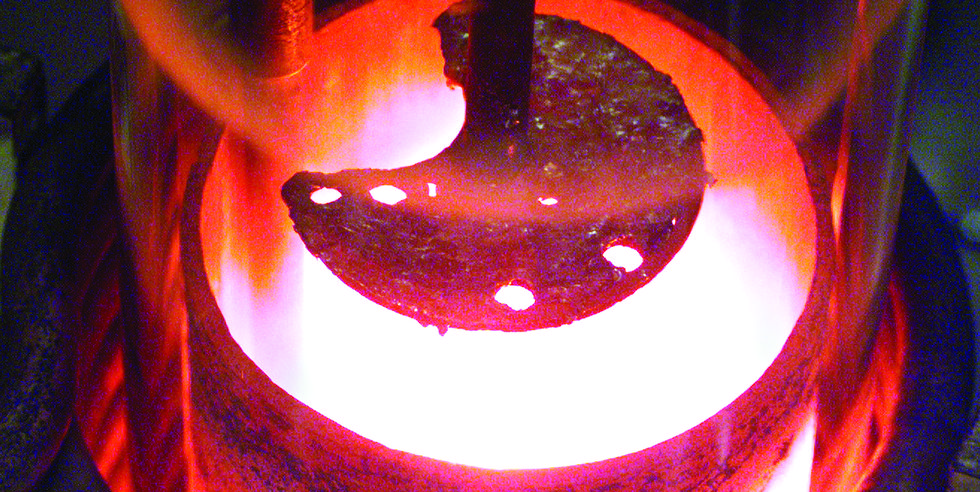
The U.S. has nearly 4,000 stockpiled nuclear weapons, and Scientific American wonders what will happen to all of their aging plutonium cores. Experts have said the plutonium will last at least 100 years, but it’s probably still smart to make backup plans—and the Trump administration is doing just that, with aims to replace all the cores by 2080.
US Deploys New Low-Yield Nuclear Submarine Warhead
The US Navy has now deployed the new W76-2 low-yield Trident submarine warhead.
BY: WILLIAM M. ARKIN & HANS M. KRISTENSEN | fas.org
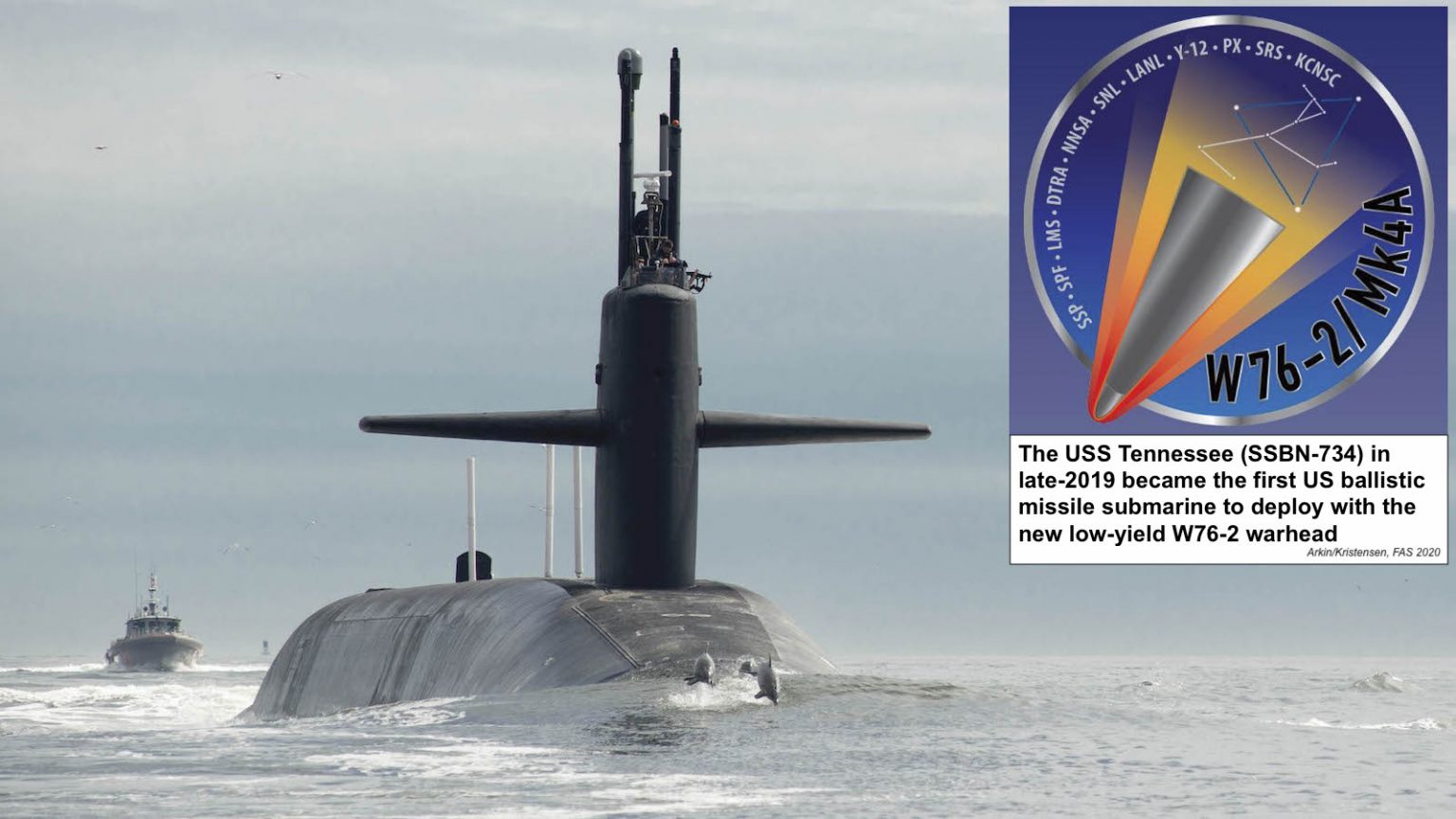
The first ballistic missile submarine scheduled to deploy with the new warhead was the USS Tennessee (SSBN-734), which deployed from Kings Bay Submarine Base in Georgia during the final weeks of 2019 for a deterrent patrol in the Atlantic Ocean.
The W76-2 warhead was first announced in the Trump administration’s Nuclear Posture Review (NPR) unveiled in February 2018. There, it was described as a capability to “help counter any mistaken perception of an exploitable ‘gap’ in U.S. regional deterrence capabilities,” a reference to Russia. The justification voiced by the administration was that the United States did not have a “prompt” and useable nuclear capability that could counter – and thus deter – Russian use of its own tactical nuclear capabilities.
Iran’s impending exit from the NPT: A new nuclear crisis
“What would an Iranian NPT withdrawal look like? It would spell the end of all IAEA inspections of Iran’s nuclear facilities and the dawn of a new era of complete lack of transparency on Iran’s nuclear activities…Without a doubt, Iran’s NPT exit would represent a severe blow to the global nonproliferation regime, irrespective of Iran’s stated intentions.”
BY: KAVEH L. AFRASIABI & NADER ENTESSAR | thebulletin.org
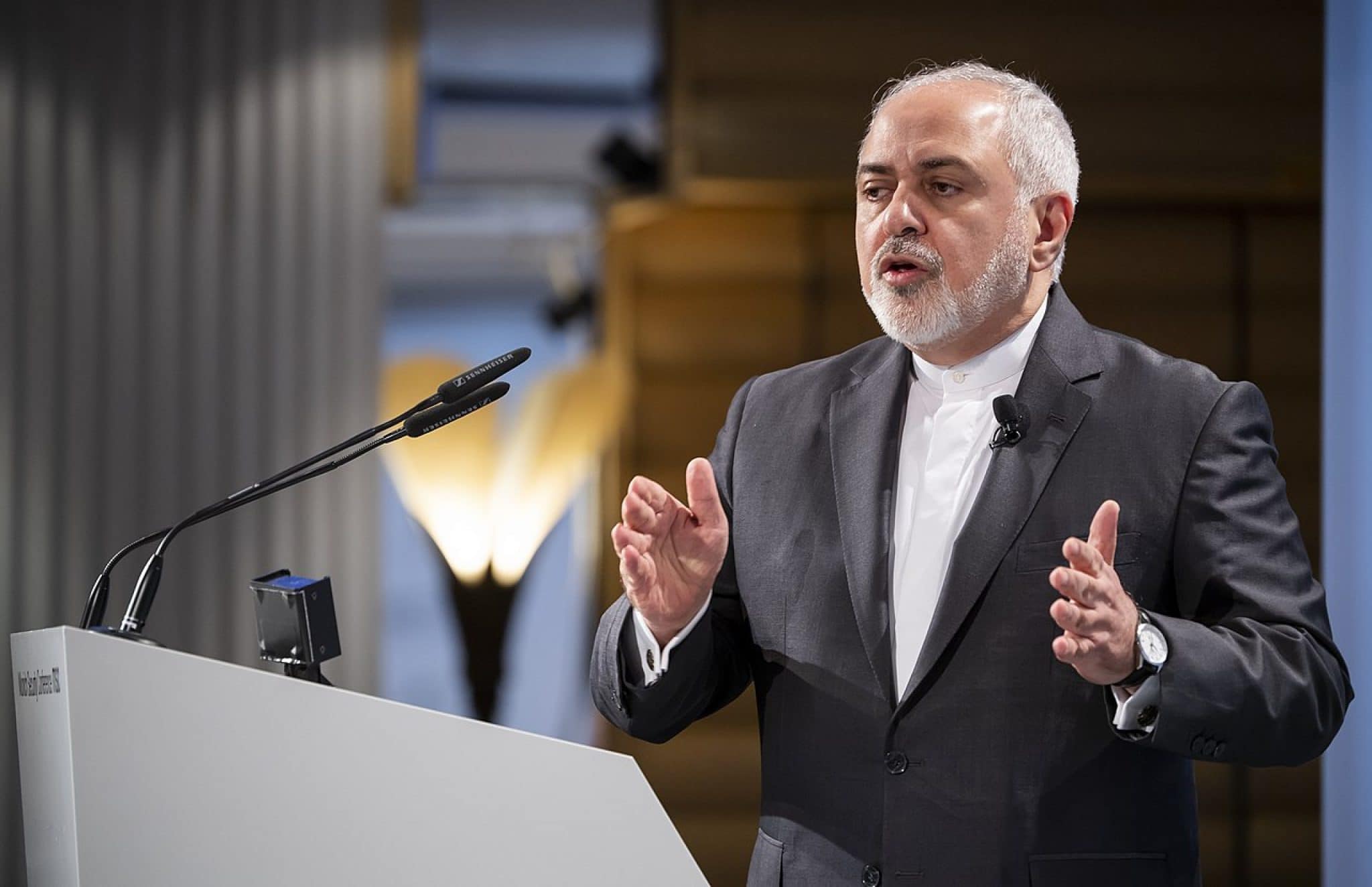
By all accounts, the approaching 2020 Nuclear Non-Proliferation Treaty (NPT) conference will have to address new challenges on both the disarmament and nonproliferation fronts. These range from the failure of nuclear weapons states to disarm as the treaty requires to the collapse of the Intermediate-Range Nuclear Forces (INF) Treaty, the uncertainties surrounding the future of New START after its expiration in early 2021, North Korea’s relentless nuclearization, and Iran’s repeated explicit threats to quit the NPT ever since the United States withdrew from the 2015 nuclear deal in May 2018. Taken as a whole, these developments represent a big leap backward, imperiling international peace and security. Coinciding with the 75th anniversary of the Hiroshima and Nagasaki nuclear bombings, the upcoming NPT conference is a unique opportunity to address the root causes of the NPT’s “new crisis” and to map out prudent steps toward crisis prevention, particularly in the volatile Middle East.
Trump’s Latest Attack on the Environment May Be His Most Alarming Yet
“New rules will eliminate consideration of climate change in environmental impact reports; limit the scope of projects that trigger NEPA, allowing companies to conduct their own reviews; implement hard deadlines on environmental reviews and possibly marginalize public input on projects.”
BY: SHARON ZHANG | truthout.org
President Trump speaks during an event to unveil significant changes to the National Environmental Policy Act on January 9, 2020, in Washington, D.C. DREW ANGERER / GETTY IMAGESEarly this month, the Trump administration released planned major changes to the National Environmental Policy Act (NEPA), the oldest environmental law in the U.S. The debate over NEPA is, like most other environmental debates in the U.S., a debate between people representing industry interests and people interested in protecting communities and the environment. And recently, the fossil fuel industry has helped push through another potential win against the law — and this one could have major consequences.
President Donald Trump has shown his hand in this debate many times — he’s continually on the side of corporations, which is unsurprising considering he, himself, is a businessman. Trump has rolled back or begun rolling back 95 environmental regulations as of December. He has been fixated on allowing the building of pipelines. This line of policy has come to a head with his administration’s recent proposal to roll back NEPA, the nation’s oldest environmental law.
The low-yield nuclear warhead: A dangerous weapon based on bad strategic thinking
BY: ANDREW FACINI | thebulletin.org
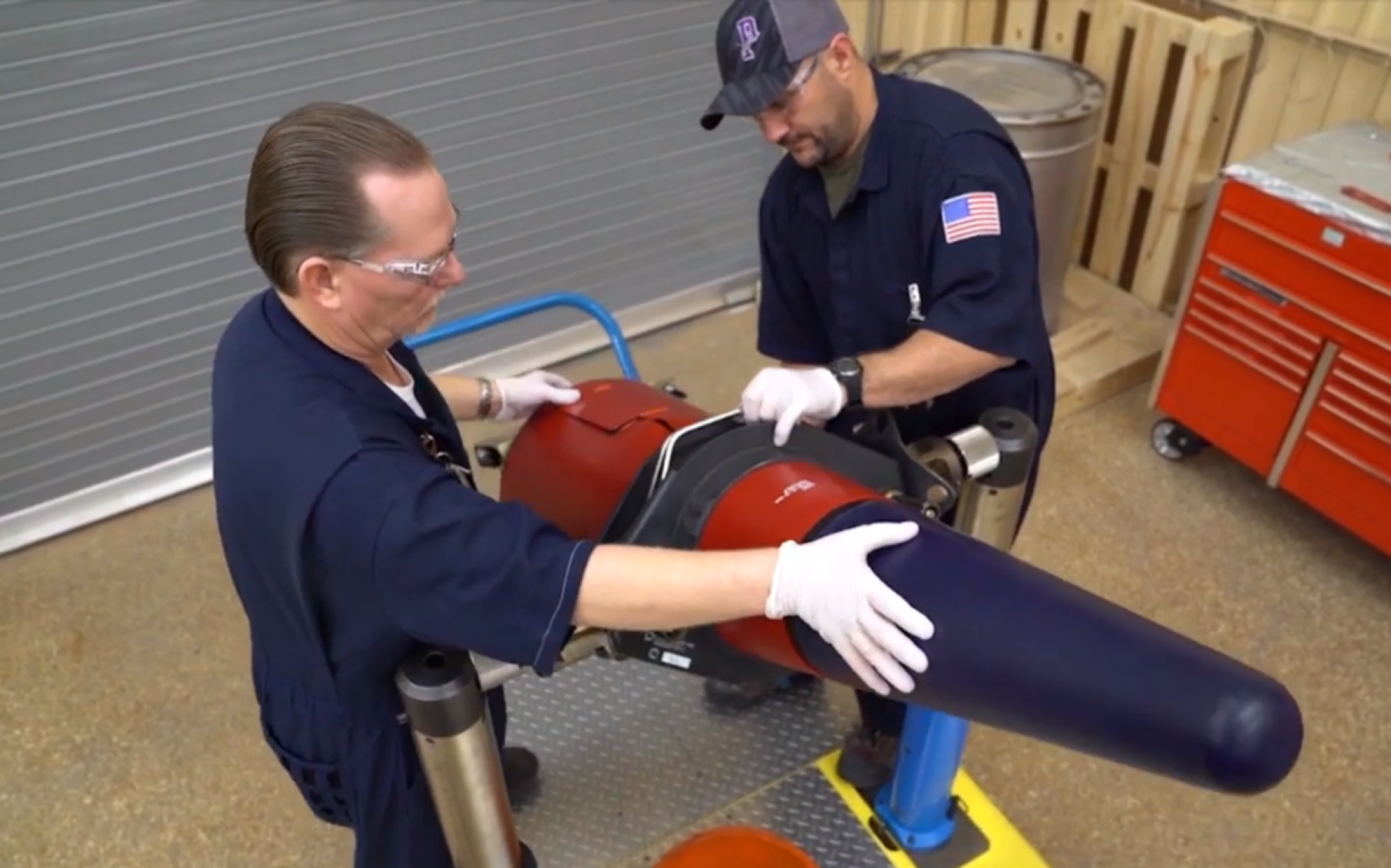
In the unintuitive world of nuclear weapons strategy, it’s often difficult to identify which decisions can serve to decrease the risk of a devastating nuclear conflict and which might instead increase it. Such complexity stems from the very foundation of the field: Nuclear weapons are widely seen as bombs built never to be used. Historically, granular—even seemingly mundane—decisions about force structure, research efforts, or communicated strategy have confounded planners, sometimes causing the opposite of the intended effect.
Such is the risk carried by one strategy change that has earned top billing under the Trump administration: the deployment of a new “low-yield” nuclear weapon on US submarines.
Low-yield, high risk. The Trump administration first announced its plans for a new low-yield nuclear warhead in its February 2018 Nuclear Posture Review, a public report meant to communicate and clarify various American nuclear weapons policies. The Nuclear Posture Review presented the lower-strength warhead as necessary for the “preservation of credible deterrence against regional aggression.” In other words, the United States was seeking a new, intermediate option for an imagined scenario in which Russia, after starting a conventional war in Europe, might be tempted to use smaller nuclear weapons first in order to win the conflict.
The Japanese Garden Reflects on Hiroshima Attack with Season-Opening Exhibit
Spirits Rising: ひろしま/hiroshima showcases objects left behind after U.S. forces bombed the city in 1945.
ARTICLE BY CONNER REED | pdxmonthly.com





I always wear kimonos to my opening receptions,” says Ishiuchi Miyako through a translator, clad in a brilliant purple garment stitched together from her grandparents’ kimonos.
Last Friday, Miyako opened Spirits Rising: ひろしま/hiroshima at the Portland Japanese Garden’s Pavilion Gallery. The exhibition features photographs from Miyako’s ひろしま/hiroshima series, which showcases personal objects left behind after American forces dropped nuclear bombs on Hiroshima and Nagasaki in 1945. When pieces from the series first premiered at the Andrew Roth Gallery in 2014, the New York Times said they “hold the eye and [don’t] easily let go.”
Large and haunting, the photographs appear without placards—Miyako offers no concrete information about the dresses and combs and dolls she’s compiled. Instead, viewers are left to imagine the objects’ histories. At first, it can be frustrating; you want to know the details of each life attached to each garment and trinket. Ultimately, it’s chilling: the more you wander, the greater the sense of annihilation becomes, until the whole space feels almost like a well-lit mass grave.
2020 Doomsday Clock Announcement
Washington, D.C. • January 23, 2020
Closer than ever: It is 100 seconds to midnight
Humanity continues to face two simultaneous existential dangers—nuclear war and climate change—that are compounded by a threat multiplier, cyber-enabled information warfare, that undercuts society’s ability to respond. The international security situation is dire, not just because these threats exist, but because world leaders have allowed the international political infrastructure for managing them to erode.
In nuclear spending fight, it’s Trump allies vs. White House budget office
BY: AARON MEHTA & JOE GOULD | defensenews.com
Lisa E. Gordon-Hagerty runs the agency responsible for America’s nuclear warheads. (U.S. National Nuclear Security Administration)WASHINGTON — A new fight over America’s nuclear budget has erupted from behind the scenes, as key Republicans in Congress are appealing to President Donald Trump for a significant boost to the agency in charge of the nation’s nuclear warheads.
Though there are often disagreements as presidents vet their budgets on Capitol Hill before finalizing them, it’s rare that those fights become public. This time, some of the president’s allies in Congress are battling the White House’s Office of Management and Budget on behalf of the National Nuclear Security Administration, a semiautonomous agency inside the Department of Energy.
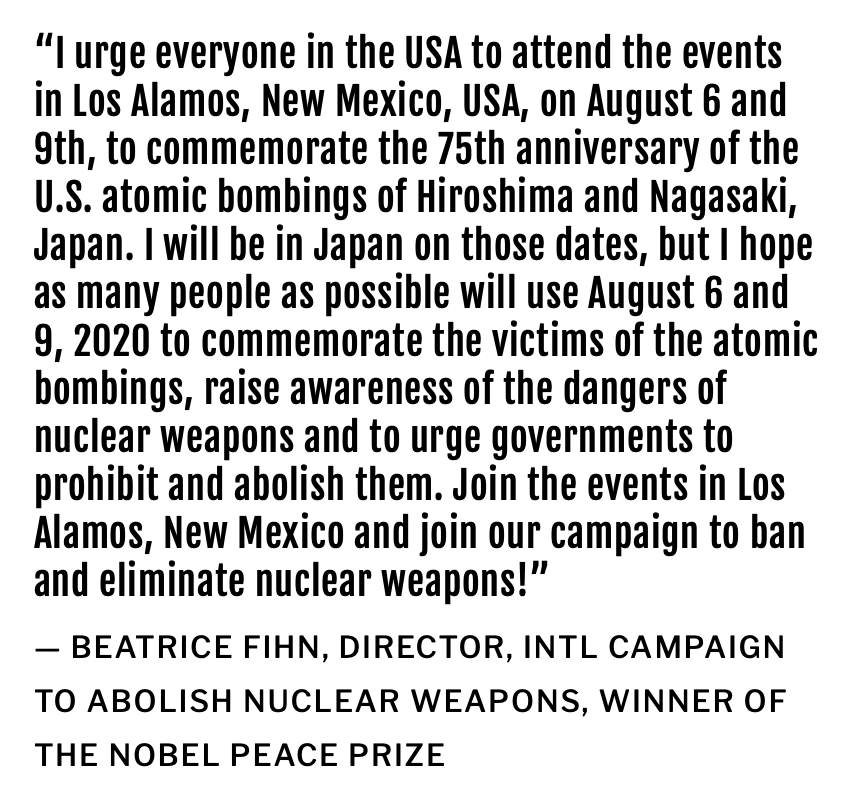
Feds say nuclear weapons work will be open
BY: SUSAN MONTOYA BRIAN / ASSOCIATED PRESS | abqjournal.com
A review of a proposal to ramp up production of key components for the United States’ nuclear arsenal will be open and transparent, according to members of New Mexico’s congressional delegation.
Sens. Tom Udall and Martin Heinrich and Rep. Ben Ray Luján said in a joint statement to The Associated Press that they received assurances from federal officials that the review process also will include an opportunity for public comment.
The Democrats were briefed last week by federal officials after the National Nuclear Security Administration announced it did not need to do a more expansive nationwide review of the impacts of building plutonium cores at federal installations in New Mexico and South Carolina.
As supporters of bringing more defense-related spending to New Mexico, the lawmakers initially refrained from commenting on whether they would support an expanded review, saying they needed more information. Watchdog groups have argued that federal officials are violating national environmental laws by not doing a more in-depth analysis.
A radioactive legacy haunts this Navajo village, which fears a fractured future
BY: WILL FORD | washingtonpost.com
RED WATER POND ROAD, N.M. — The village of Red Water Pond Road sits in the southeast corner of the Navajo Nation, a tiny speck in a dry valley surrounded by scrub-covered mesas. Many families have lived here for generations. The federal government wants to move them out.
Signs warning of health risks are posted outside the gates of an abandoned uranium mine in the community of Red Water Pond, N.M. (Steven St. John/for The Washington Post)In what might seem a cruel echo of history, officials are relocating residents to the city of Gallup, about a half-hour away, and surrounding areas. This echo is nuanced, however. The village sits amid a Superfund site loaded with uranium mine waste. Mitigation has been delayed for decades, along with remedies for hundreds of other abandoned uranium mines across the tribe’s lands that boomed during the Cold War.
No Plan to Consolidate Pit Mission at Single Site, But DoE Won’t Deny the Possibility
“…the pit issue has proved politically thorny since then, with Sens. Tom Udall (D-N.M.) and Martin Heinrich (D-N.M.) needling the agency over the last few budget cycles about the need to build a pit plant anywhere other than Los Alamos.”
BY: DAN LEONE | defensedaily.com
The head of the National Nuclear Security Administration (NNSA) would not rule out the possibility here Thursday that one of the agency’s two planned plutonium pit factories could independently supply all the fissile nuclear weapon cores initially required for planned refurbishments of U.S. nuclear weapons.
“[W]e are not looking at [using] one exclusive of the other,” Lisa Gordon-Hagerty, administrator of the National Nuclear Security Administration (NNSA), told sister publication Nuclear Security & Deterrence Monitor in a question-and-answer session during a breakfast hosted by area nonprofits the Mitchell Institute for Aerospace Studies and the Advanced Nuclear Weapons Alliance. “That is not our plan.”
In a 2020 budget bill signed before the holidays, Congress at last funded the first step in a plan the NNSA publicly announced in 2018: produce at least 80 plutonium pits a year starting in 2030 by upgrading an existing pit plant, the PF-4 Plutonium Facility at the Los Alamos National Lab, and converting the partially built Mixed Oxide Fuel Fabrication Facility at the Savannah River Site into a new pit plant called the Savannah River Plutonium Processing Facility (SRPPF).
SRPPF would get more than $400 million of the $710 million or so appropriated for the entire Plutonium Sustainment account. The NNSA is the semiautonomous Department of Energy agency in charge of U.S. nuclear weapons and materials.
NNSA Moves to Expand Plutonium Pit Production
The National Nuclear Security Administration said last week that it will proceed with a plan to sharply expand production of plutonium “pits” — the explosive triggers for thermonuclear weapons — without performing a full “programmatic” environmental review.
BY: STEVEN AFTERGOOD | fas.org Secrecy News
NNSA envisions producing “no fewer than 80 pits per year by 2030,” including a minimum of 30 pits per year at Los Alamos National Laboratory and a minimum of 50 pits per year at the Savannah River Site. Currently, “less than 20 per year” are produced, all at Los Alamos.
It is “NNSA’s determination that no further NEPA [National Environmental Policy Act] documentation at a programmatic level is required,” the agency said in a January 8 Federal Register notice. (Site-specific assessments will still be prepared for plutonium pit production at Los Alamos National Lab and the Savannah River Site.)
Environmental and anti-nuclear groups cried foul. “NNSA’s refusal to complete programmatic environmental review before plunging ahead with plans to more than quadruple the production authorization for plutonium bomb cores flies in the face of our country’s foundational environmental law, the National Environmental Policy Act, and a standing federal court order mandating that the government conduct such a review,” said Marylia Kelley of Tri-Valley CAREs.
U.S. lawmakers from NM hold out on review of nuke plan
The government isn’t going to “become conscious of the contradictions and interactions” of the numerous programs that would be involved unless it’s forced to prepare an environmental impact statement. Watchdogs [also] said the state needs to consider that the waste will need to be sent somewhere.
BY: SUSAN MONTOYA BRIAN / ASSOCIATED PRESS | abqjournal.com © Associated Press
The mission of producing plutonium pits has been based at Los Alamos National Laboratory for years, but no pits have been made since 2011. The lab has been dogged by safety lapses and concerns about lack of accountability. (Eddie Moore/Albuquerque Journal)SANTA FE, N.M. — Members of New Mexico’s congressional delegation find themselves in an awkward position as watchdogs claim the U.S. government is skirting key environmental laws by refusing to closely examine the consequences of increasing production of key plutonium components for the nation’s nuclear arsenal.
The National Nuclear Security Administration, which oversees the nuclear arsenal, said last week that it doesn’t need to do any broad environmental reviews of the proposal. Watchdog groups say that’s a violation of law.
Why nuclear weapons should be a major focus of the 2020 campaign
ARTICLE BY JOHN MECKLIN | thebulletin.org
The proverbial alien beamed down to Earth would find the situation quizzical indeed: The political debates and campaigns involved in selecting the most powerful person on the planet – the US president – scarcely mention the stark fact that any president could at any time be called to decide, almost instantly, whether to order a nuclear attack that would lead to the end of civilization. There is, at present, no significant check on the president’s ability to make that decision. If he orders a nuclear attack, there will almost certainly be one. For a variety of reasons, the chances of nuclear war are not negligible; they are at least as high as they were at the height of the Cold War, according to leading world experts. And a nuclear exchange of even modest proportions would change the world forever, bringing on nuclear winter, degrading civilization in countless other ways, and affecting every person, everywhere. (At least every live person. The tens or hundreds of millions killed quickly in a nuclear exchange will just be dead.)
How Rising Temperatures Increase the Likelihood of Nuclear War
As climate changes stresses our human institutions, we are likely to face deadly conflicts over critical resources.
BY: MICHAEL T. KLARE | thenation.com © ![]()
President Donald Trump may not accept the scientific reality of climate change, but the nation’s senior military leaders recognize that climate disruption is already underway, and they are planning extraordinary measures to prevent it from spiraling into nuclear war. One particularly worrisome scenario is if extreme drought and abnormal monsoon rains devastate agriculture and unleash social chaos in Pakistan, potentially creating an opening for radical Islamists aligned with elements of the armed forces to seize some of the country’s 150 or so nuclear weapons. To avert such a potentially cataclysmic development, the US Joint Special Operations Command has conducted exercises for infiltrating Pakistan and locating the country’s nuclear munitions.
As LANL jobs grow, housing issues worsen
ARTICLE BY MONICA ROMAN GAGNIER | abqjournal.com Copyright © 2020 Albuquerque Journal
Overheard at the Blake’s Lotaburger at the corner of Guadalupe Street and Paseo de Peralta in Santa Fe:
“What brings you back to New Mexico, dude?”
“I just got a great job at LANL, but I can’t find a place to live that I can afford.”
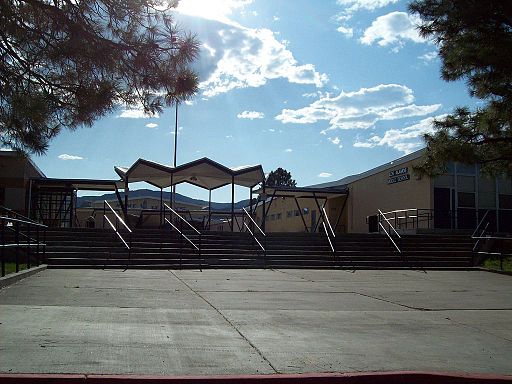 From fast-food joints to the chambers of local government to Realtors’ offices, everyone agrees: There’s a shortage of affordable, desirable housing in northern New Mexico to serve the growing workforces of places such as Los Alamos National Laboratories and Presbyterian Española Hospital.
From fast-food joints to the chambers of local government to Realtors’ offices, everyone agrees: There’s a shortage of affordable, desirable housing in northern New Mexico to serve the growing workforces of places such as Los Alamos National Laboratories and Presbyterian Española Hospital.
It’s a vexing problem in an area where families are reluctant to move after generations in the same house, there is a lack of new housing developments in key areas, and New Mexico pueblos have been asserting and winning claims over water rights and roads.
Nuclear News Archives – 2021
Nothing Found
It seems we can’t find what you’re looking for. Perhaps searching can help.

